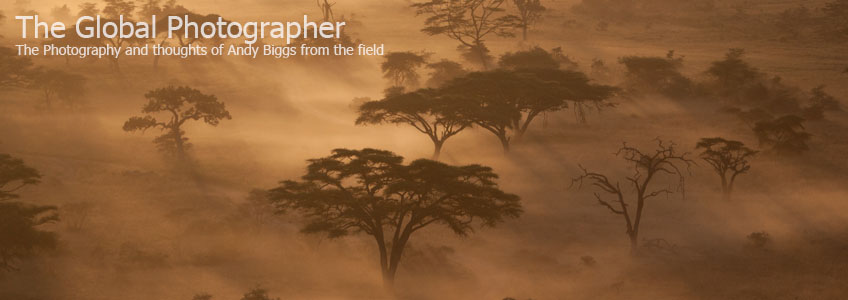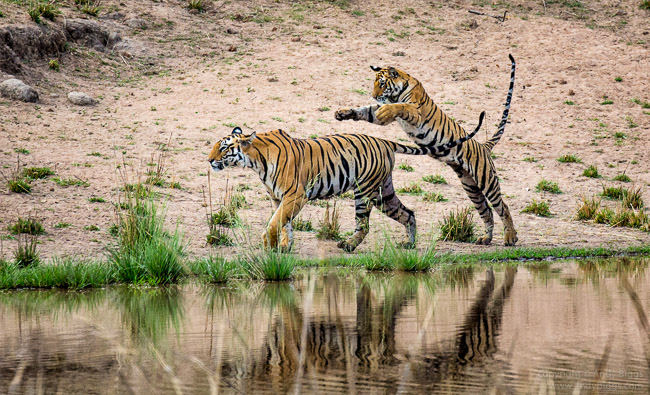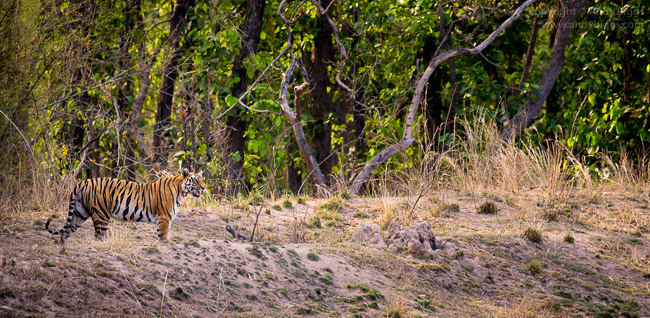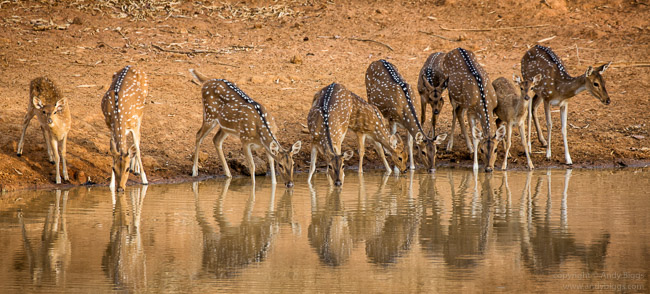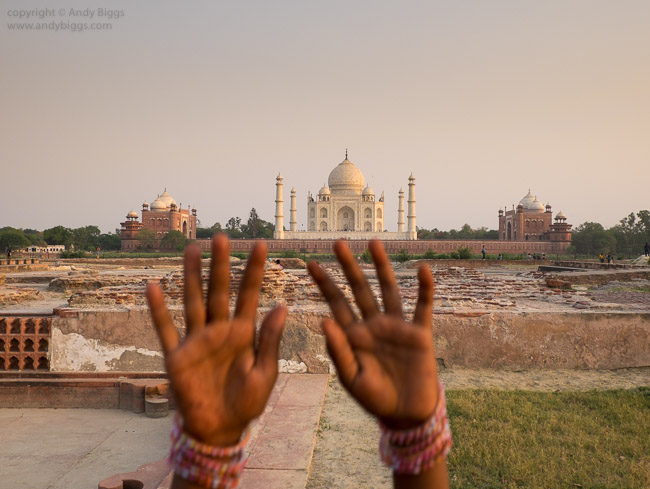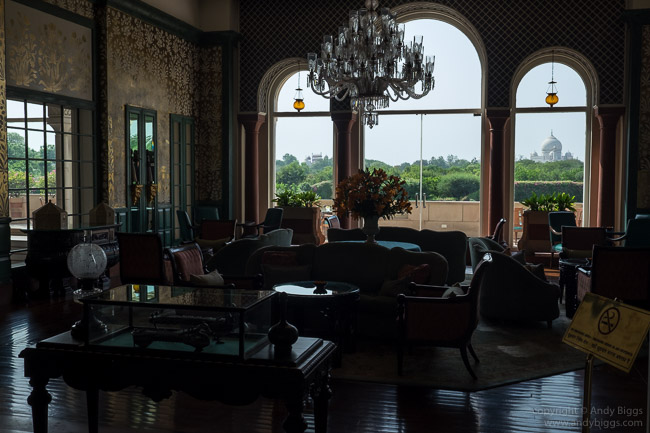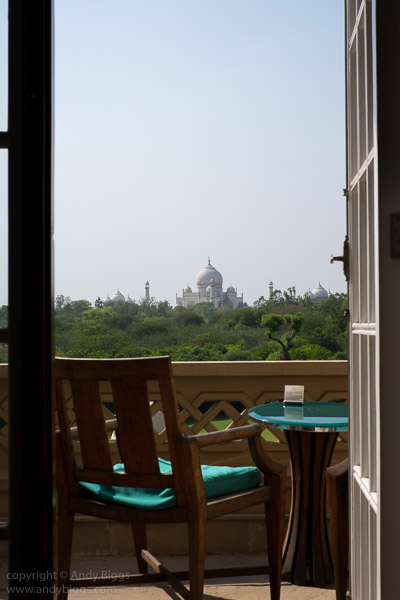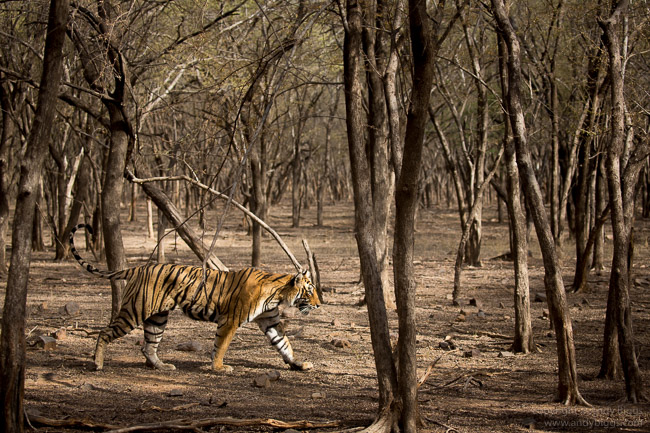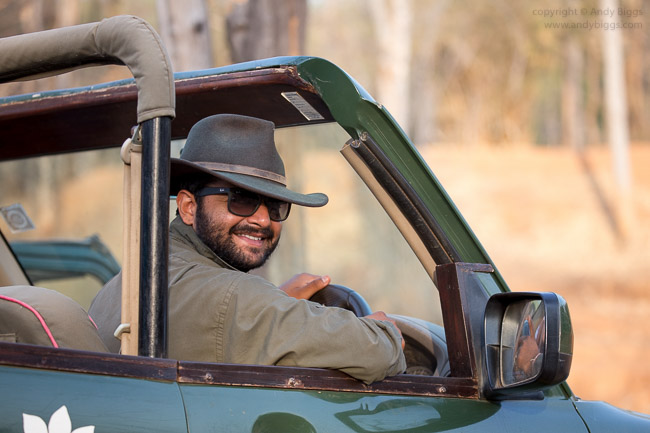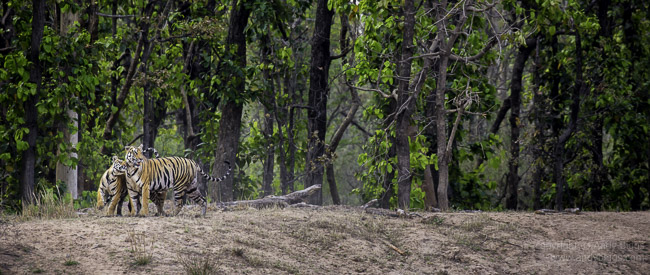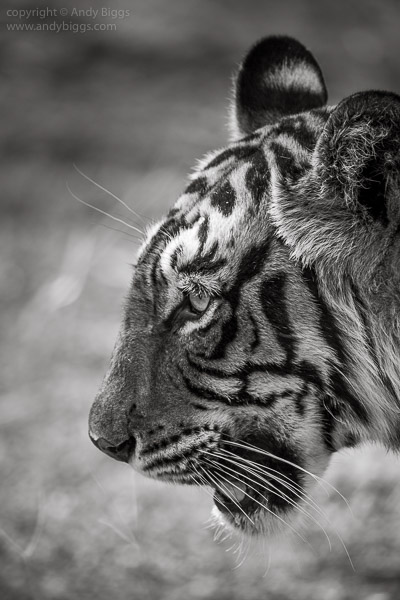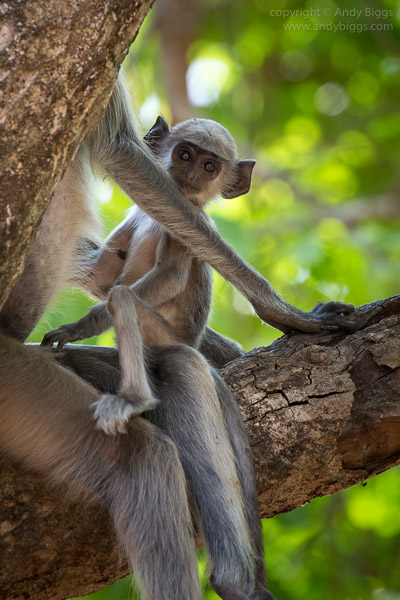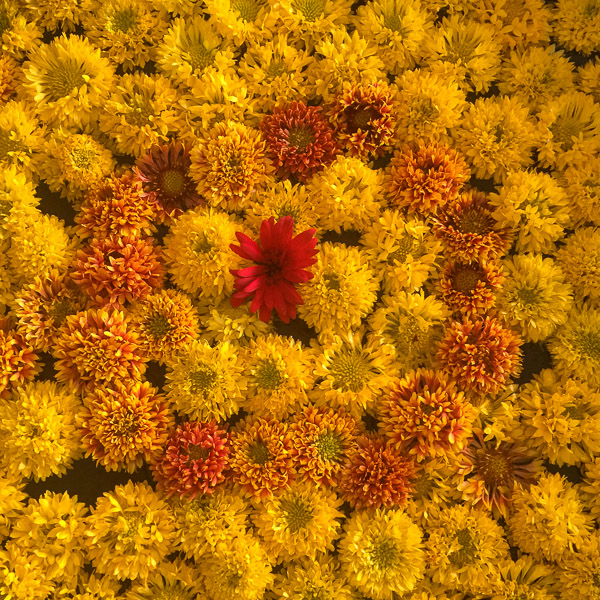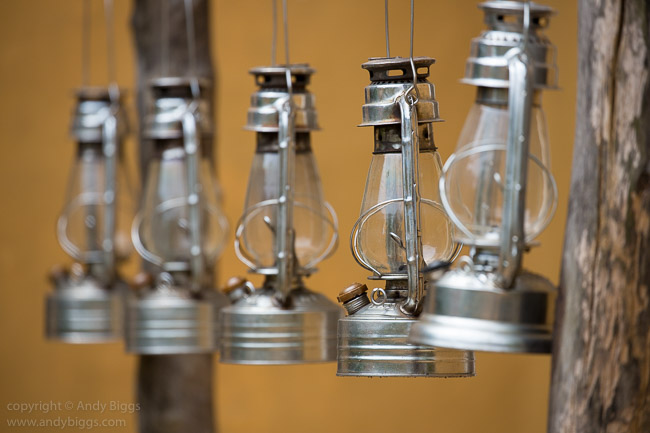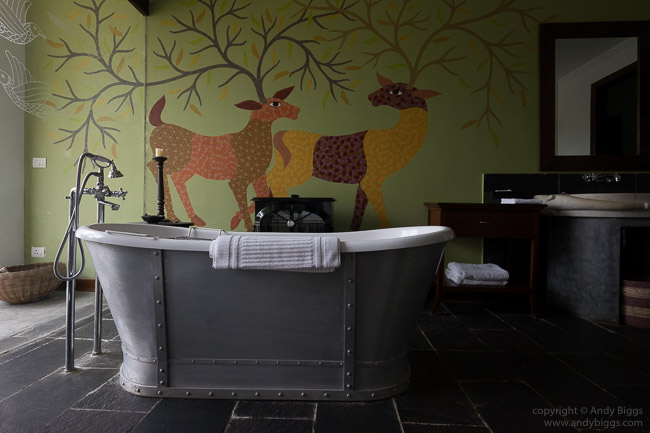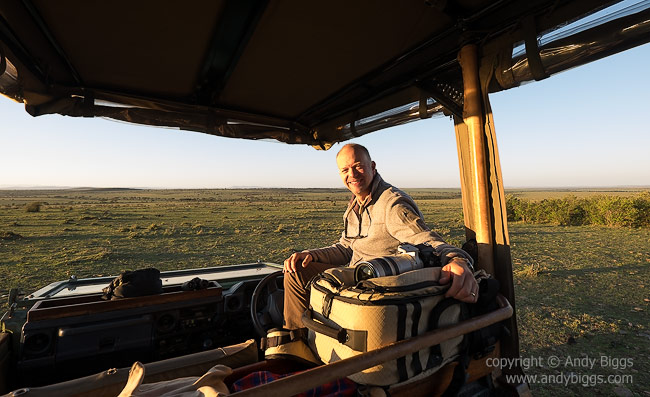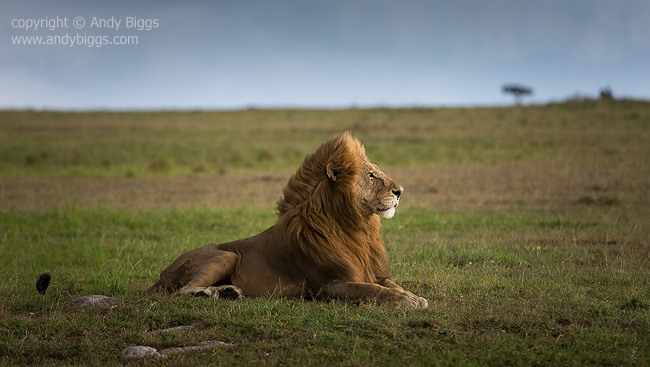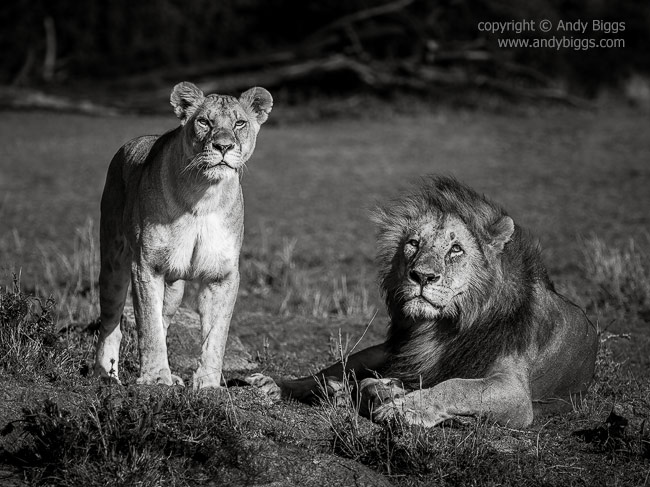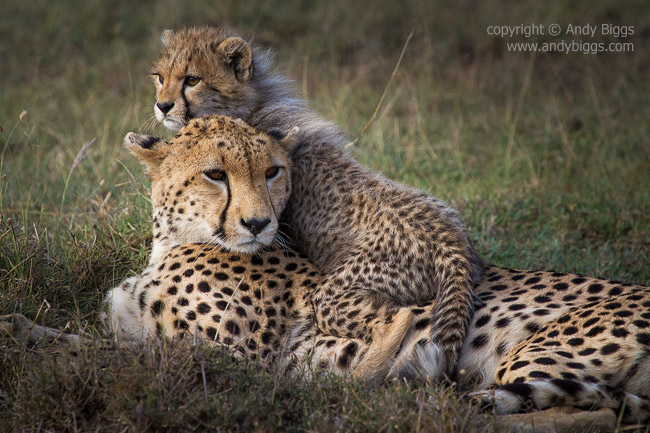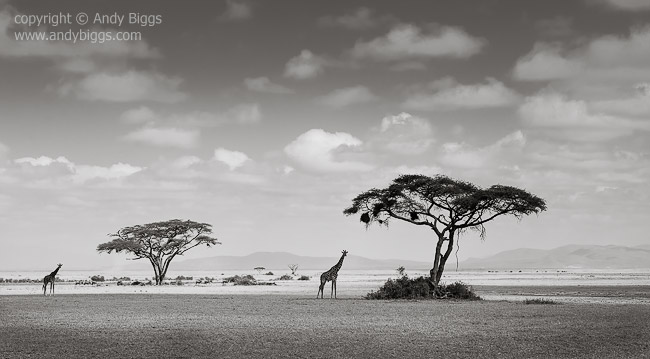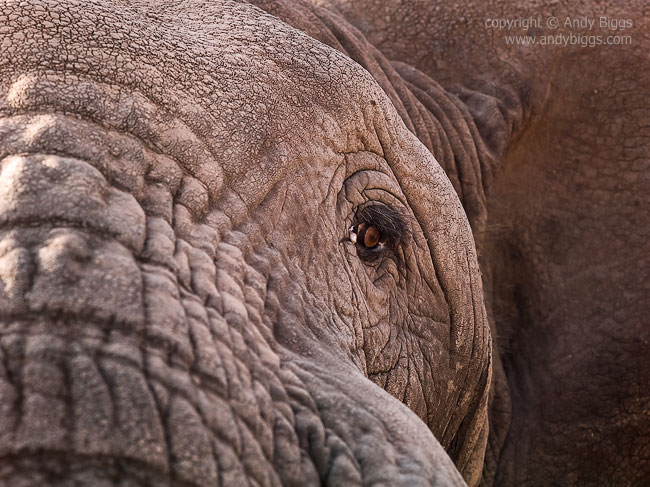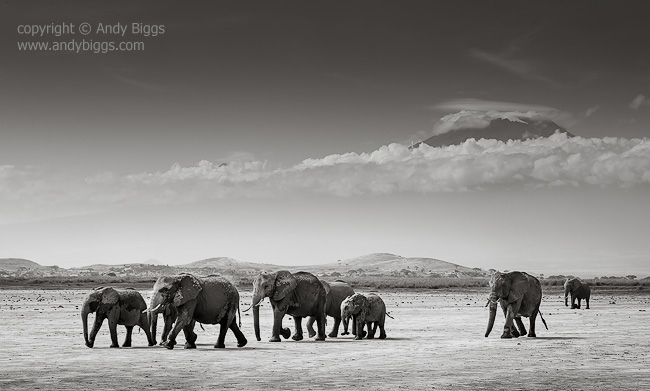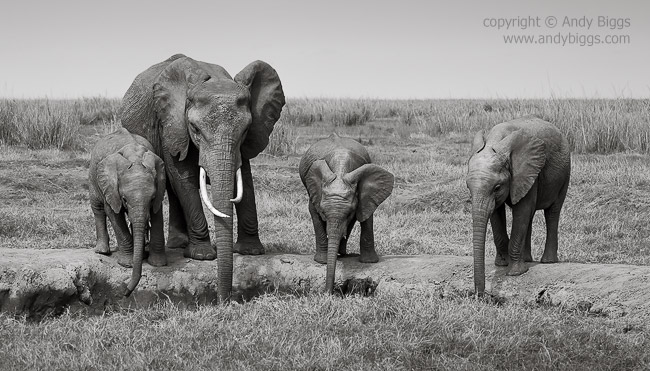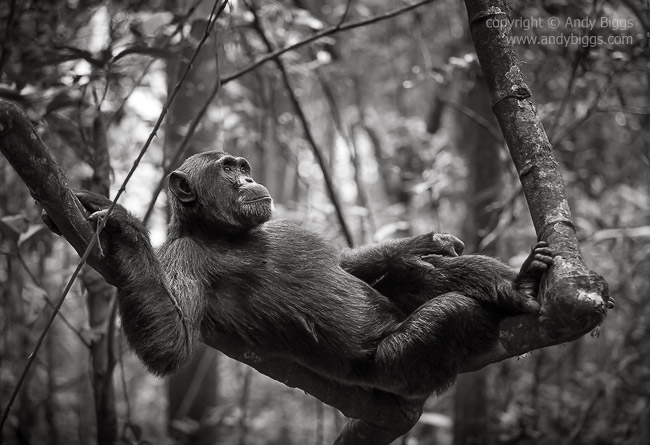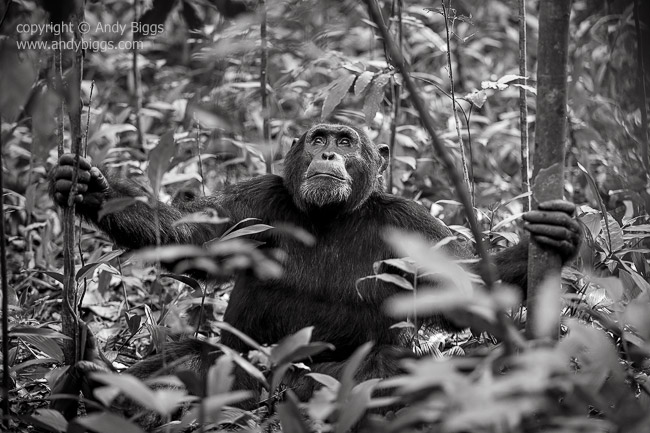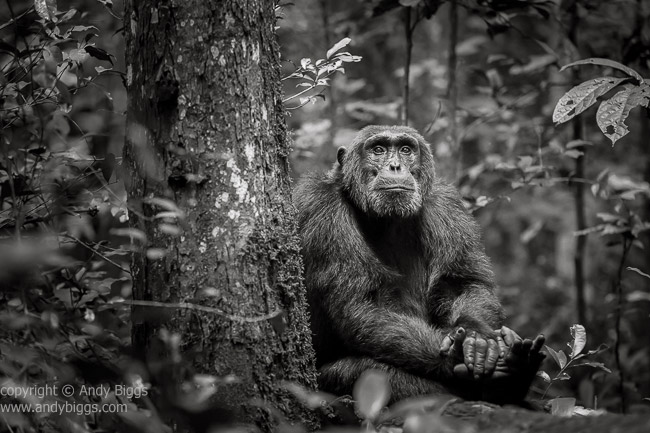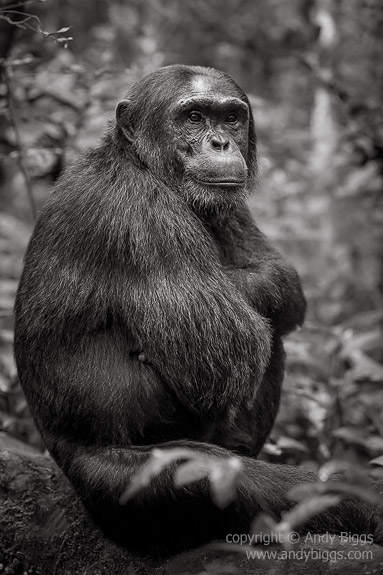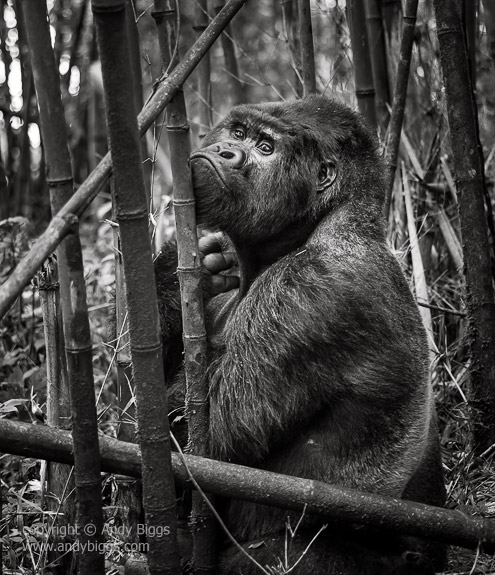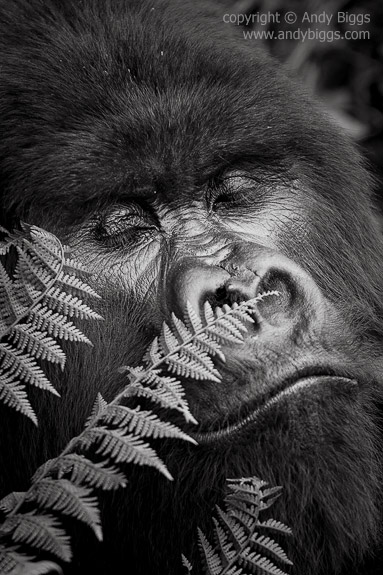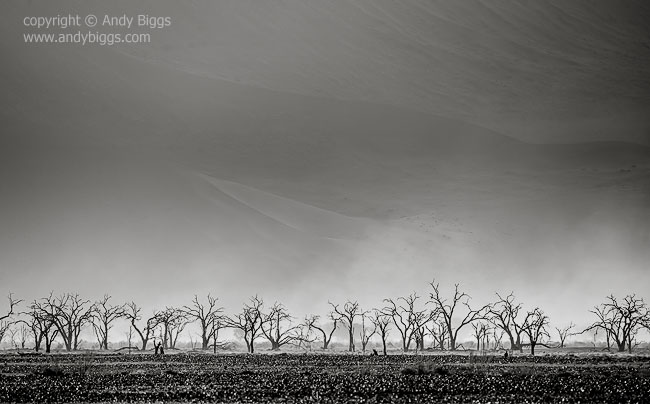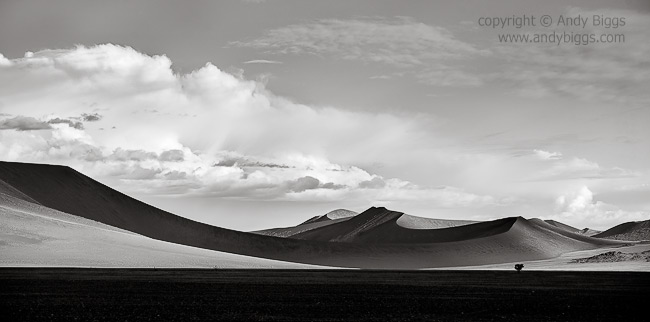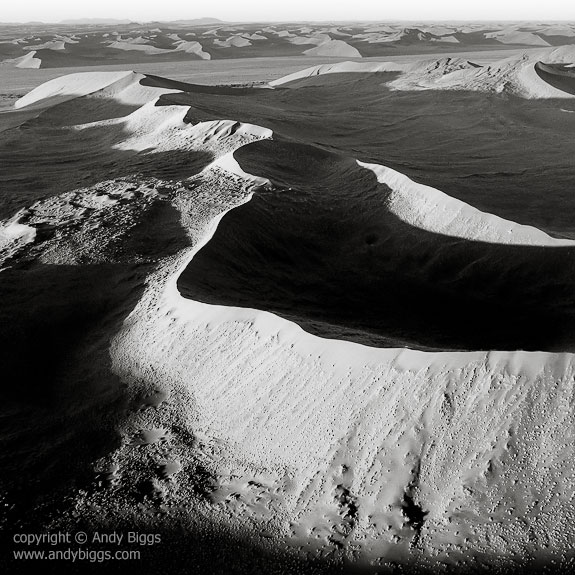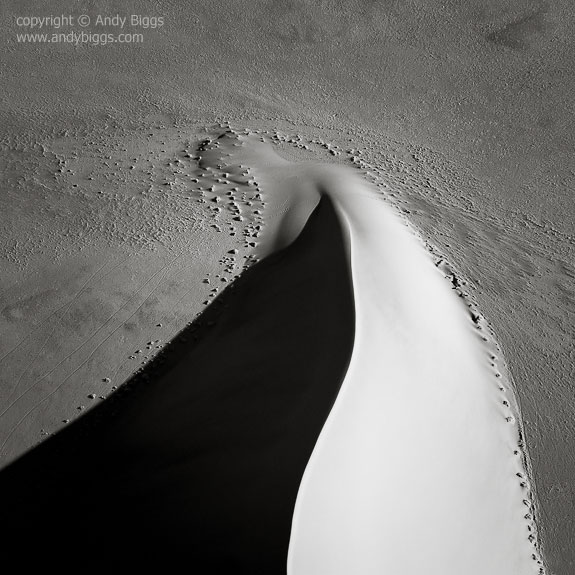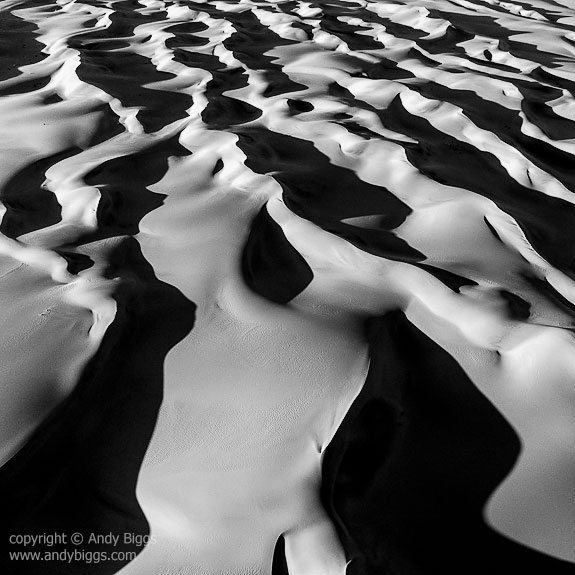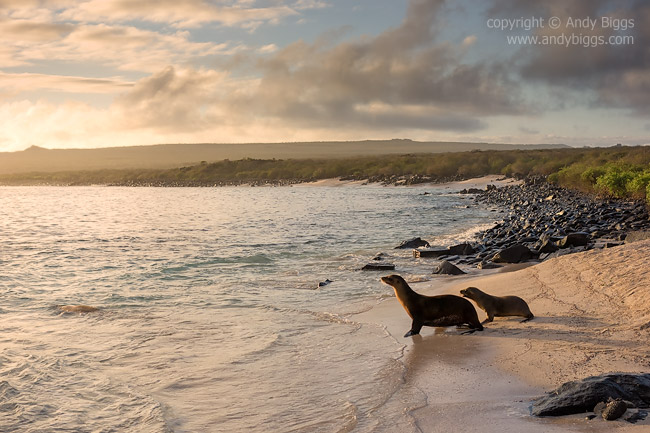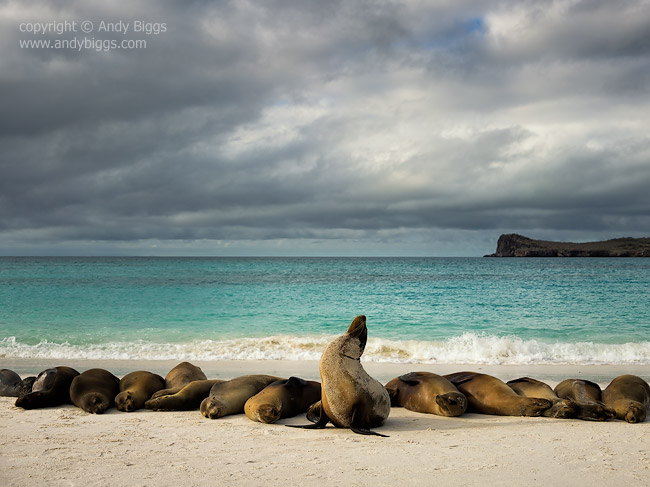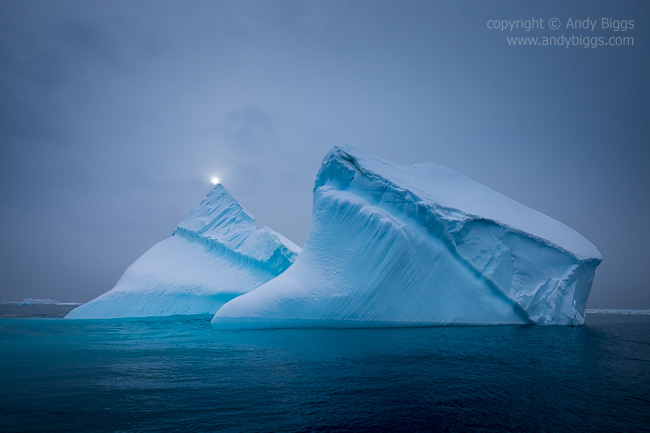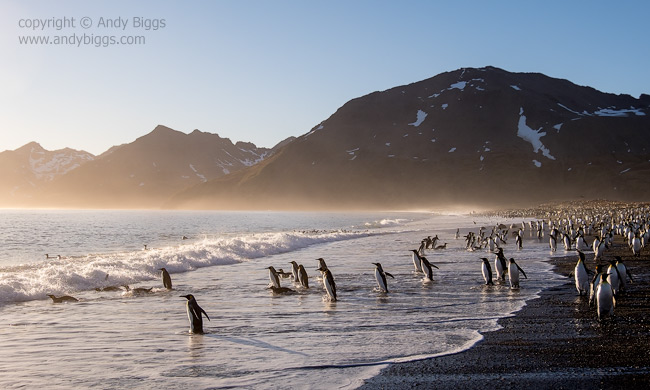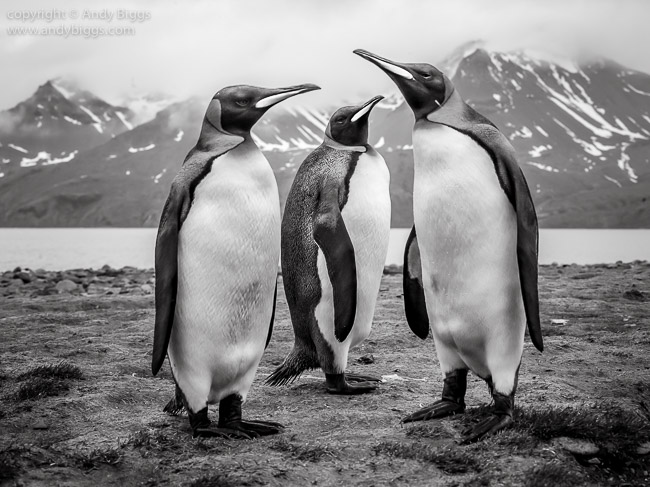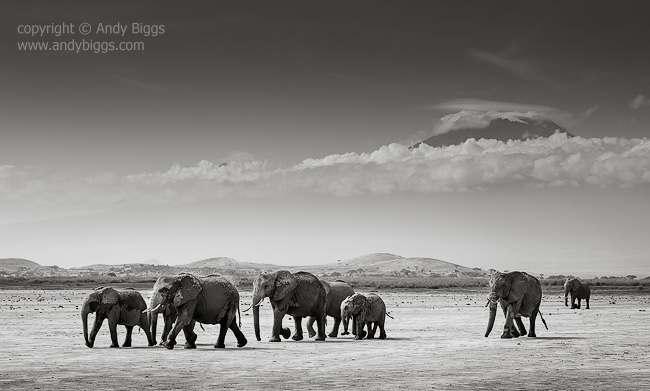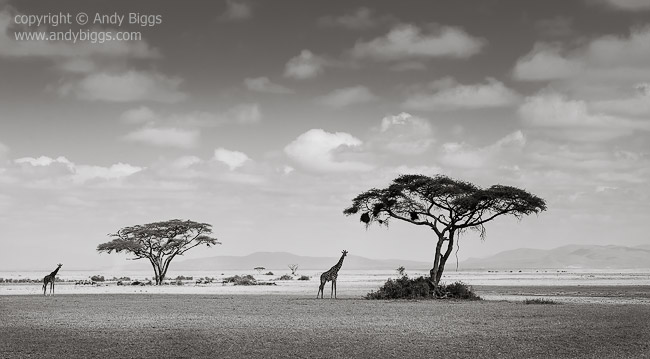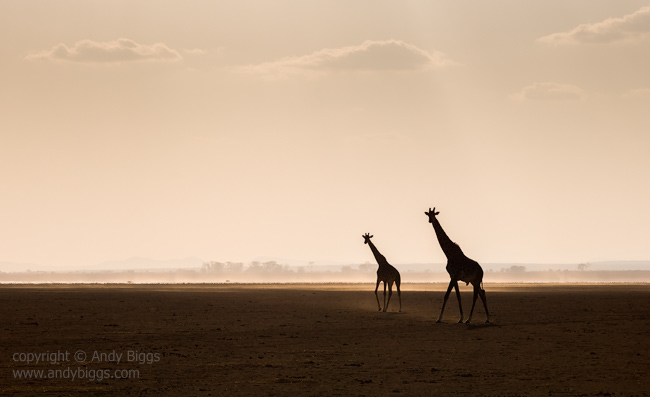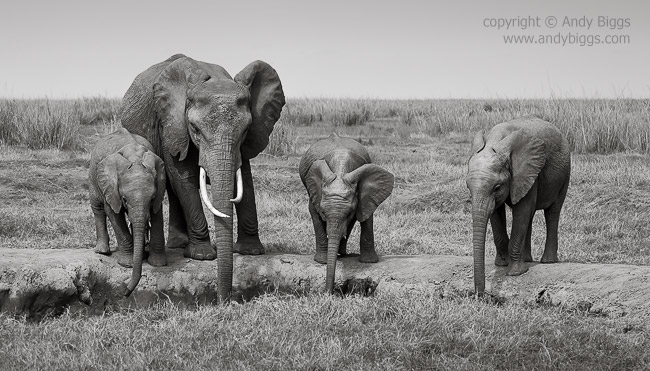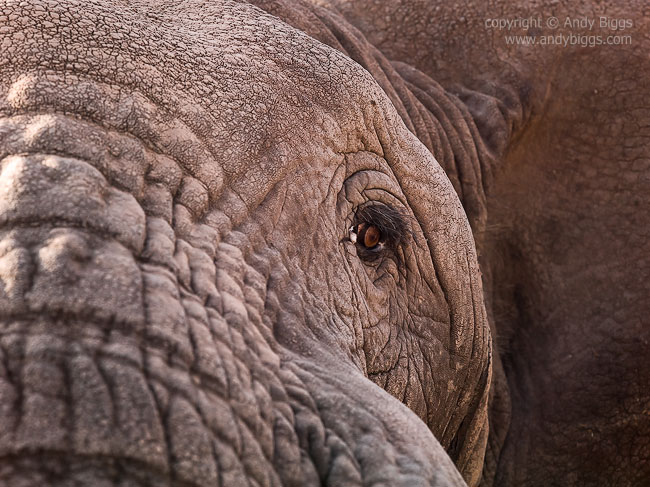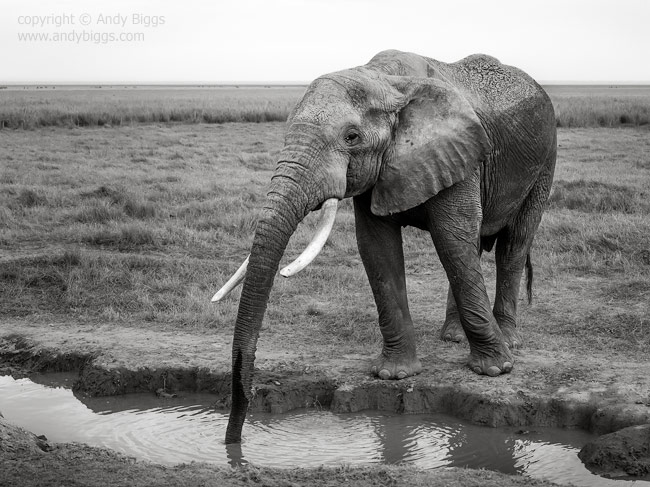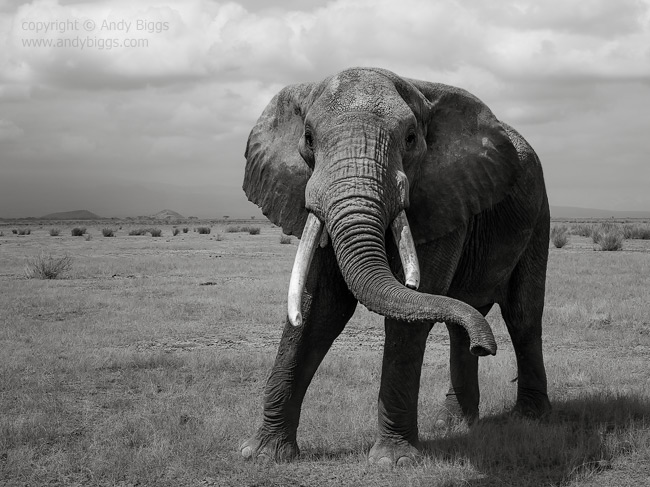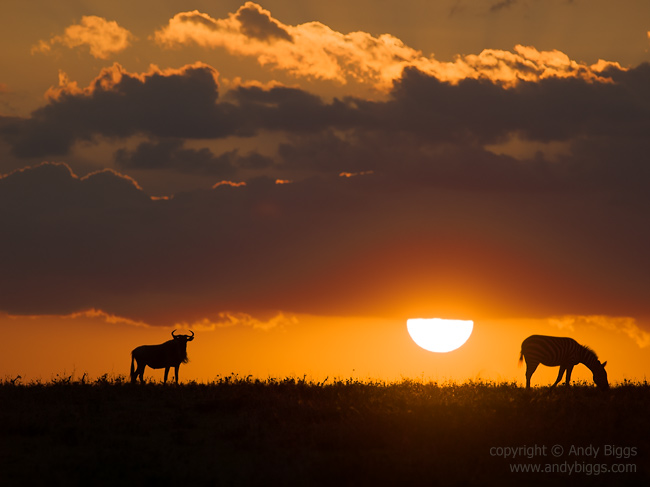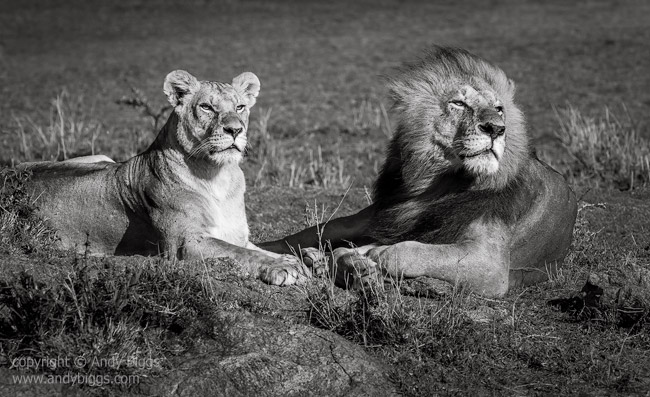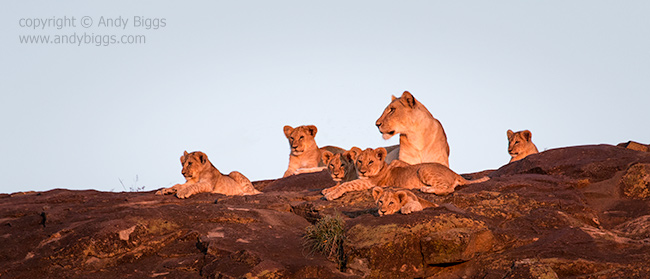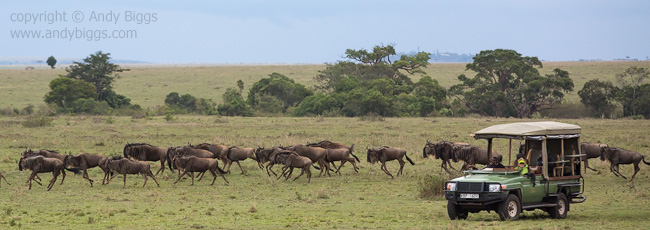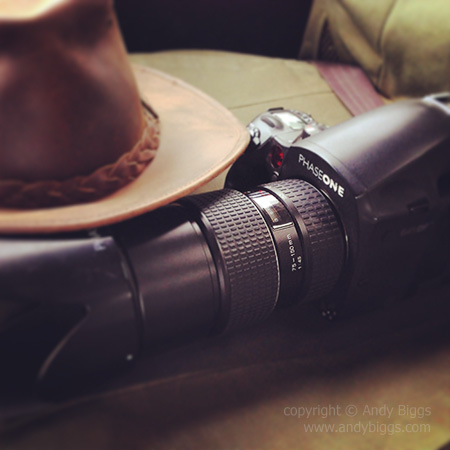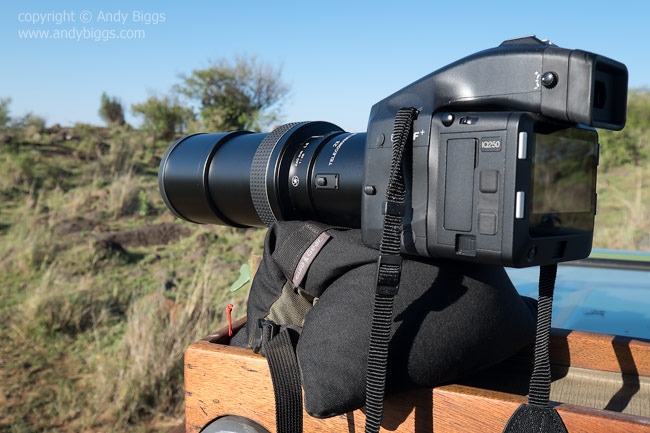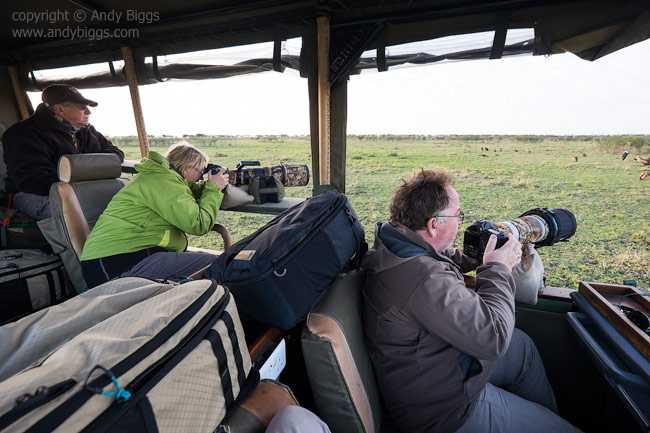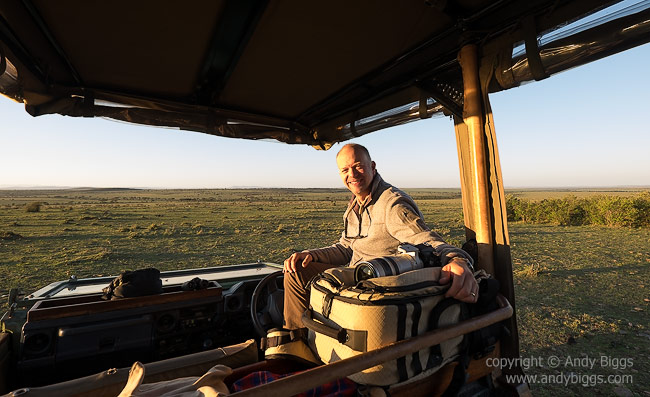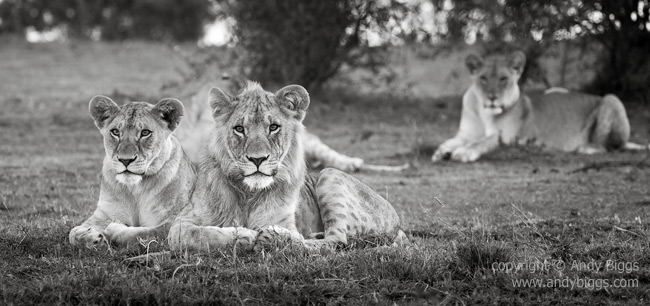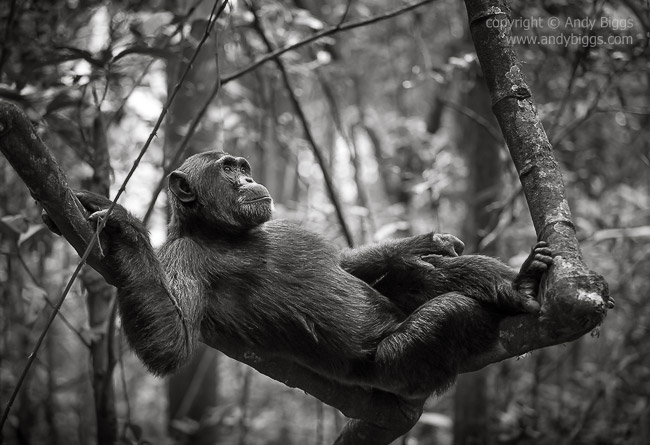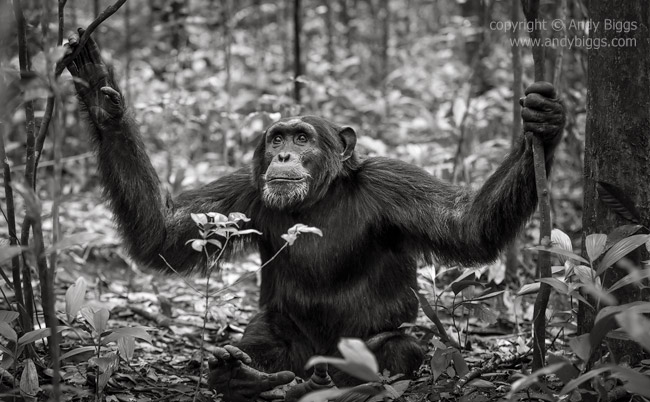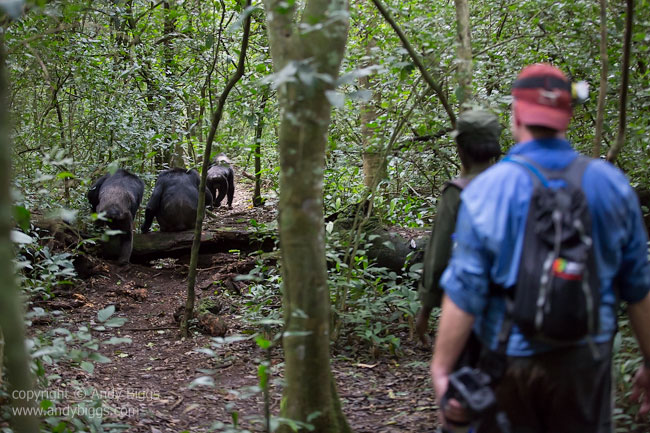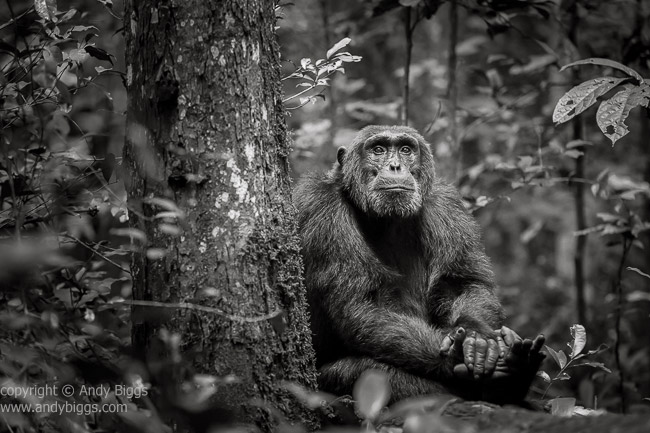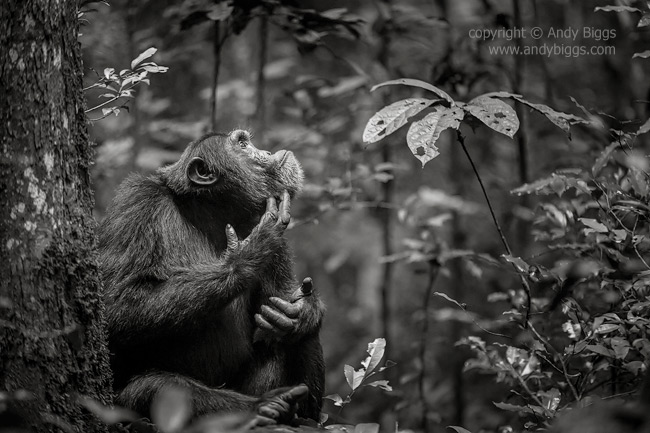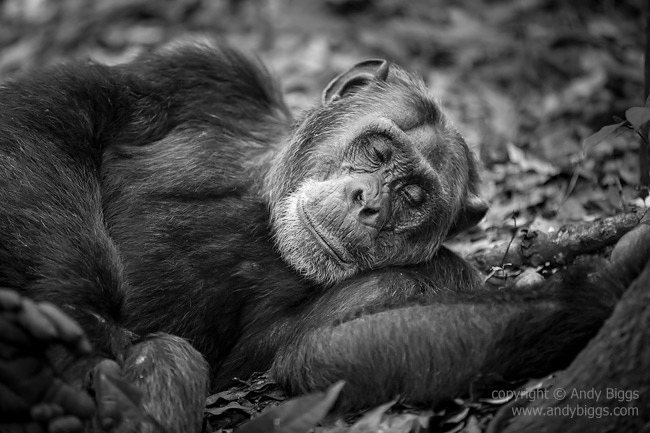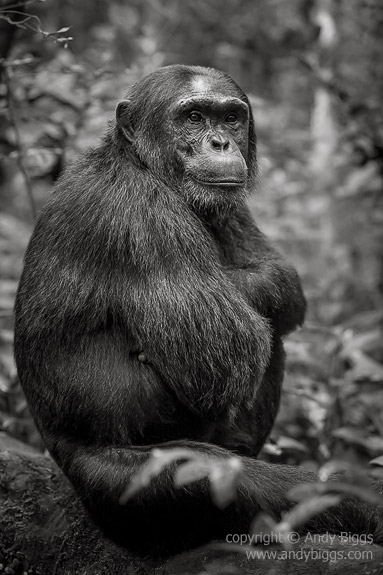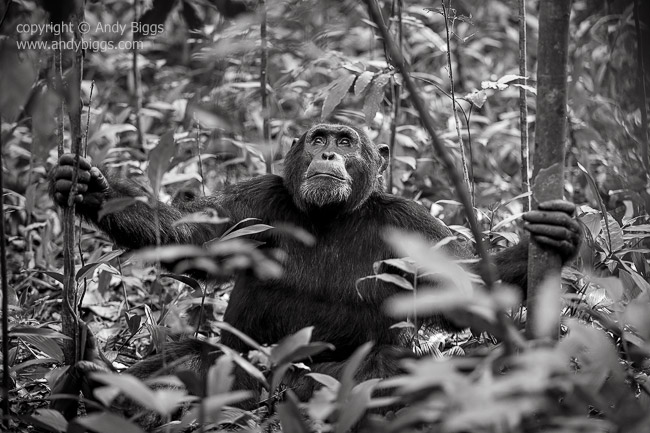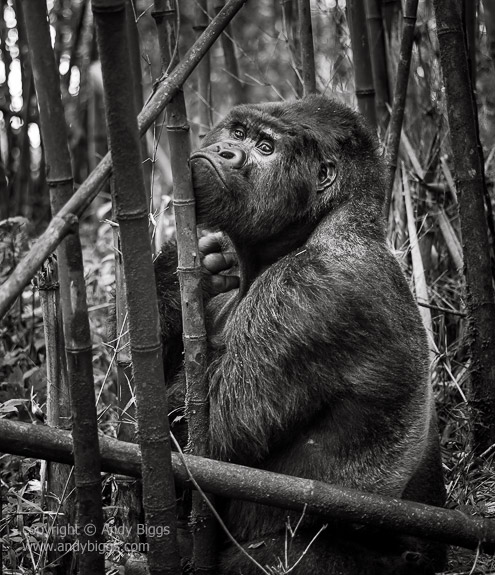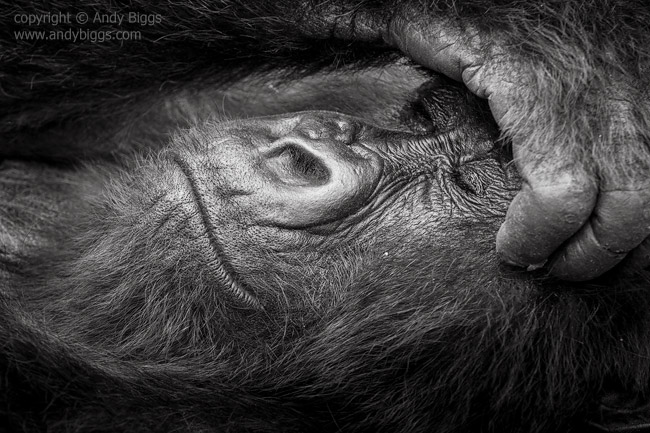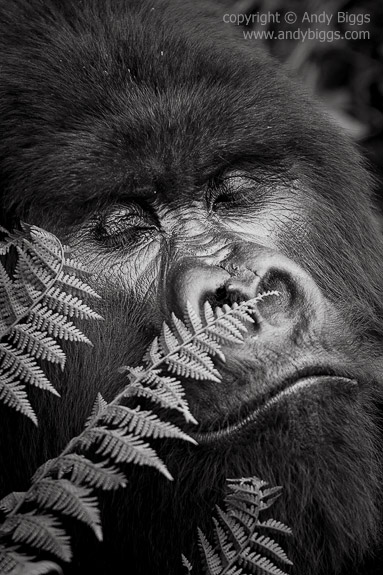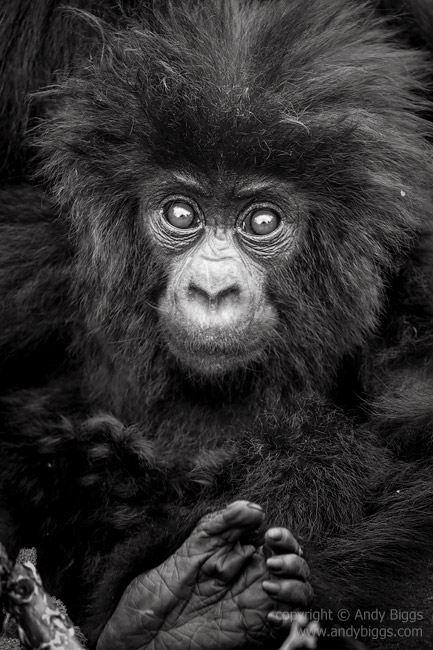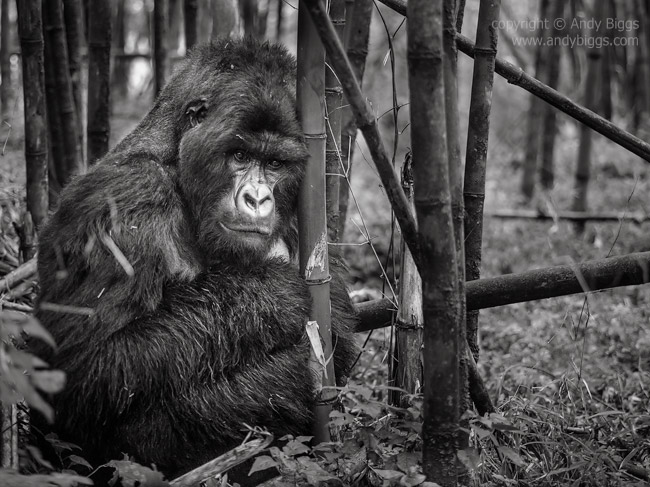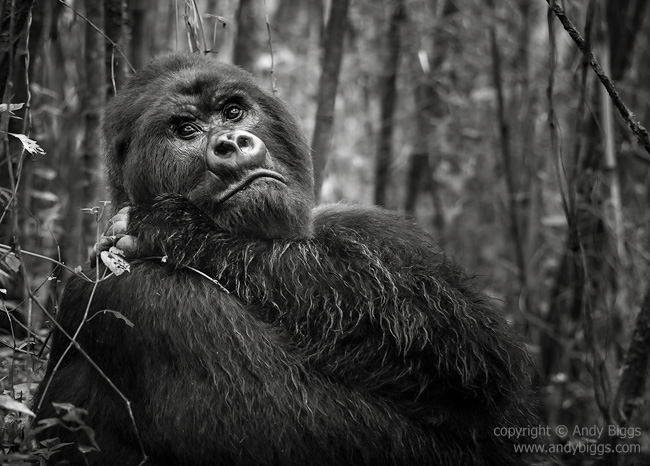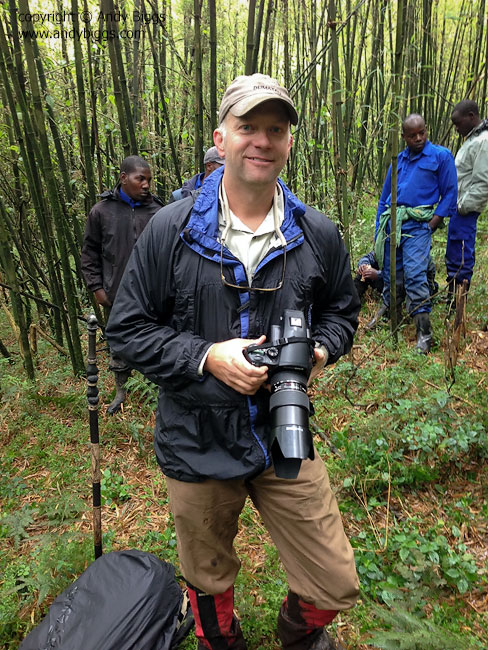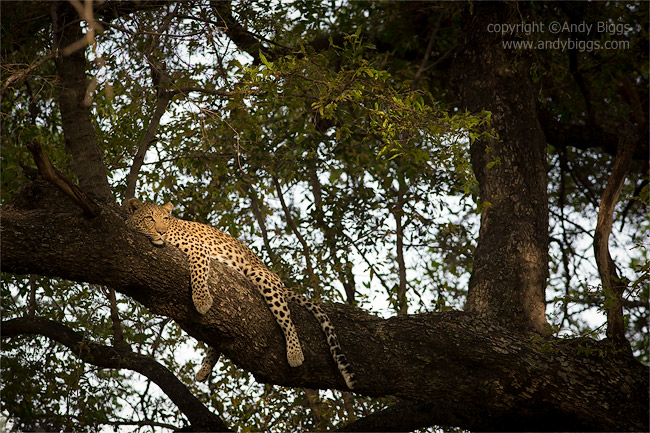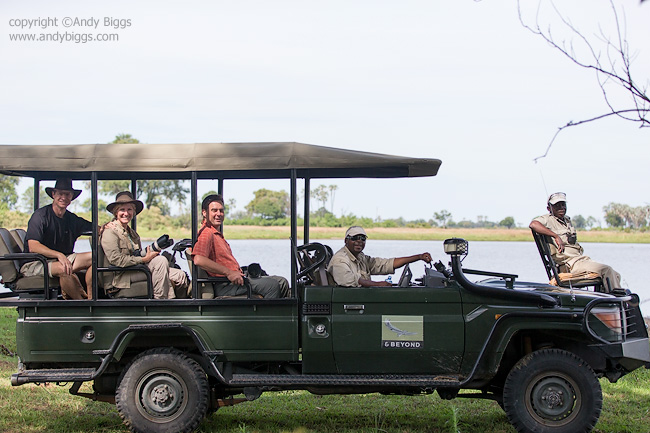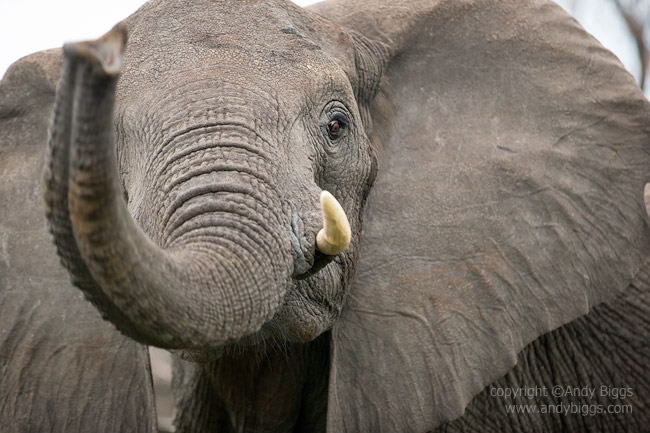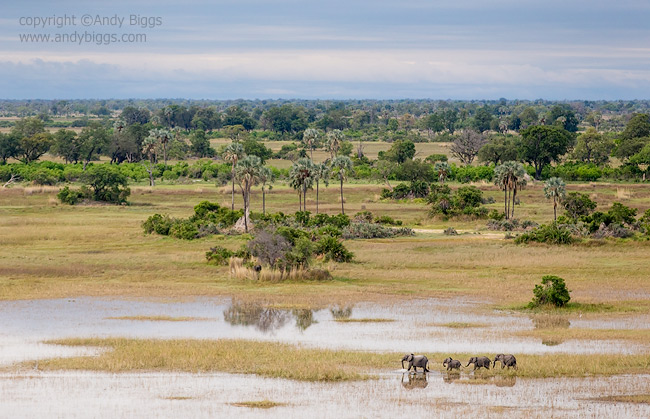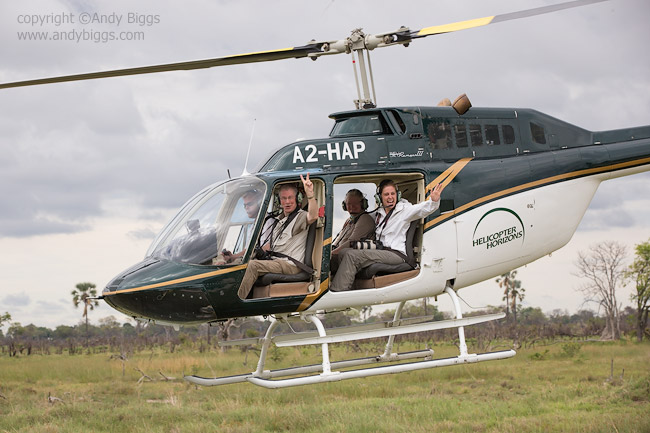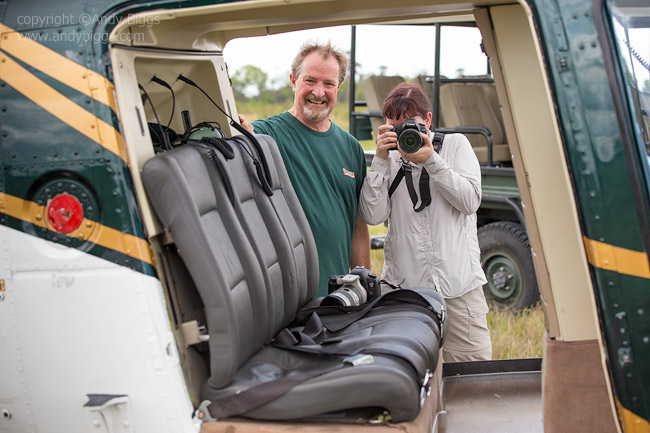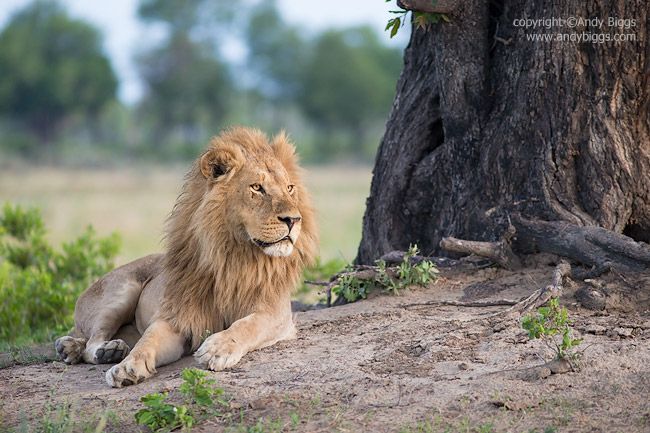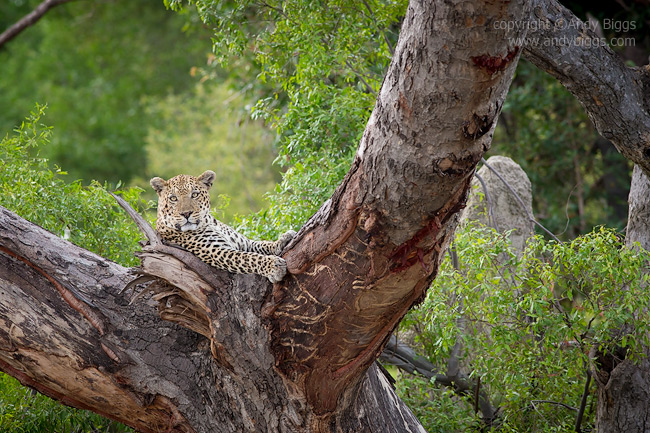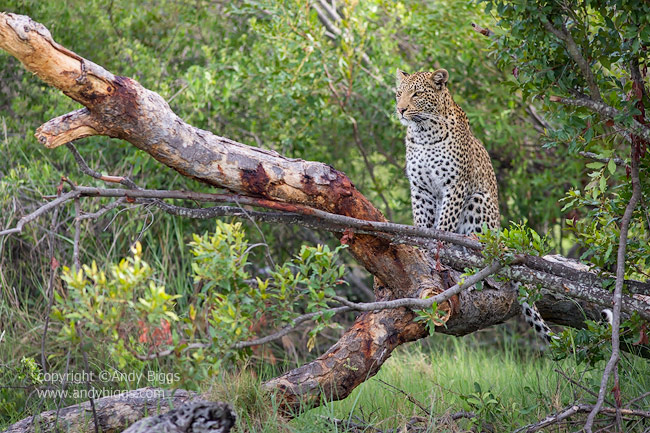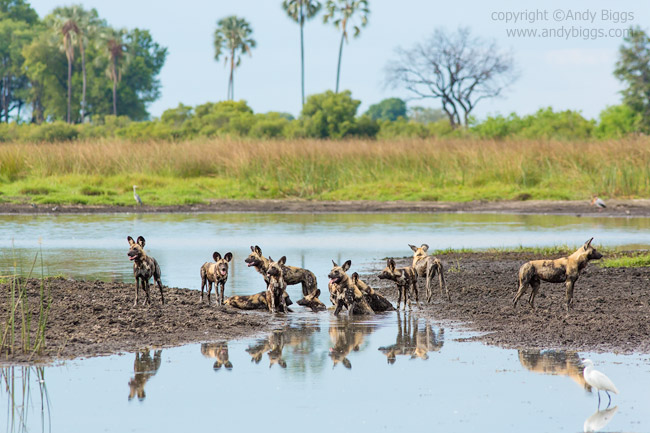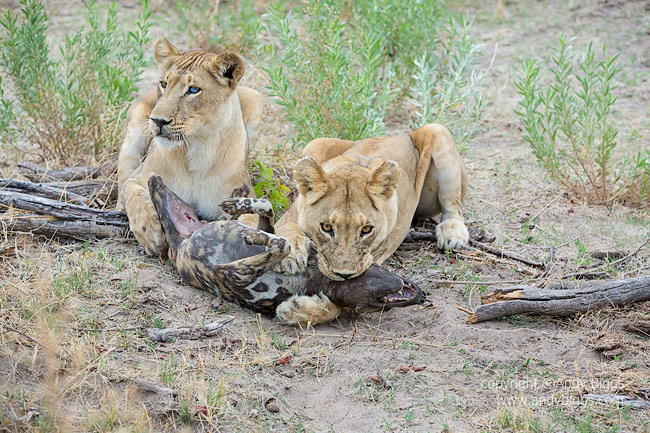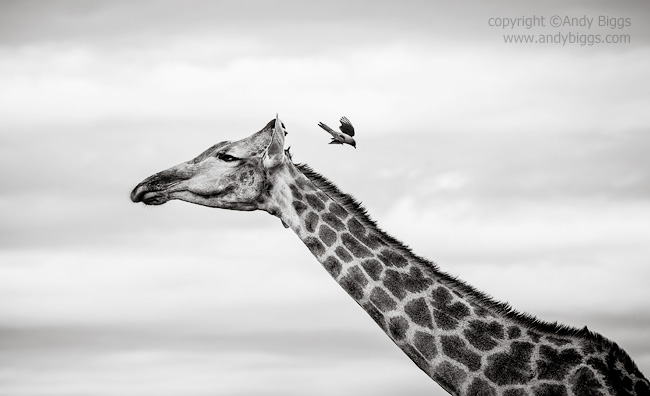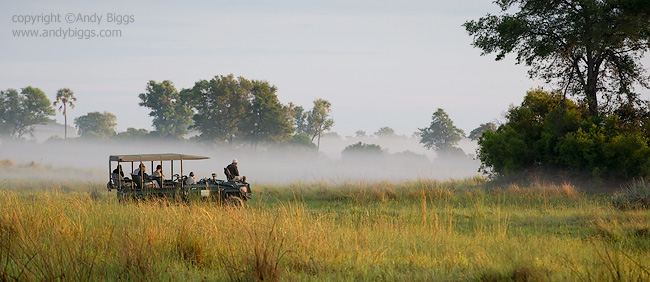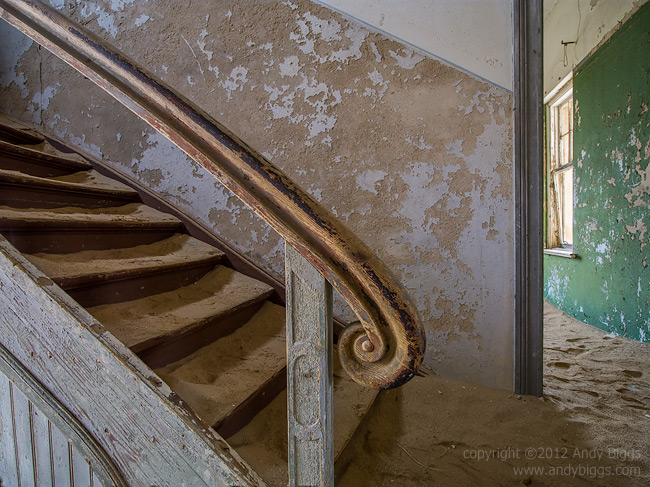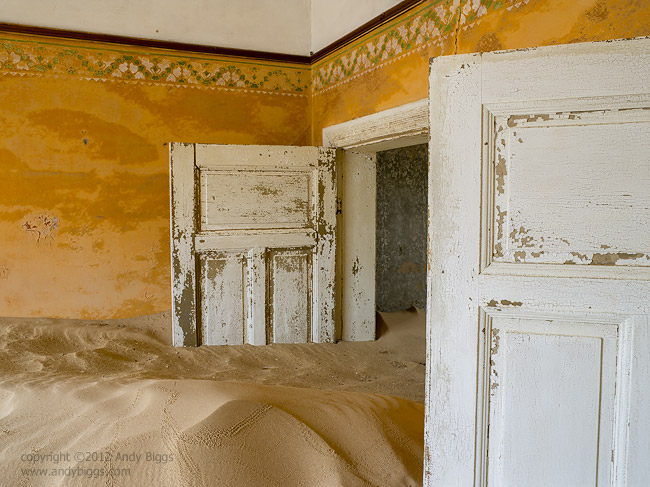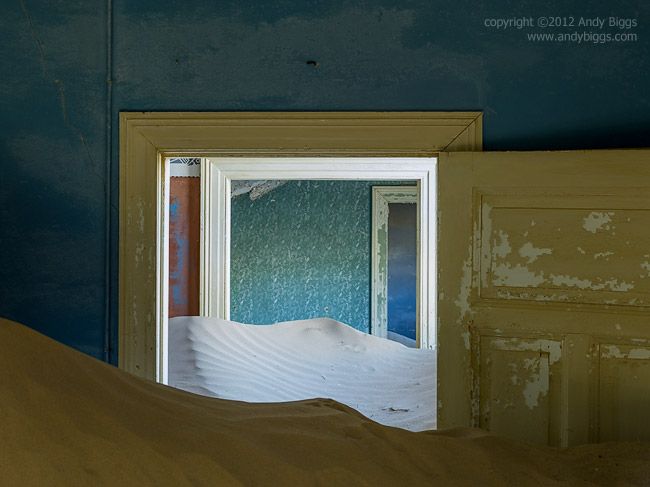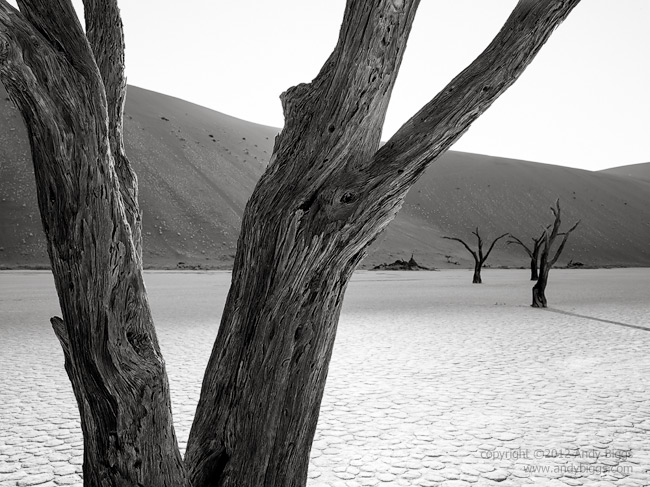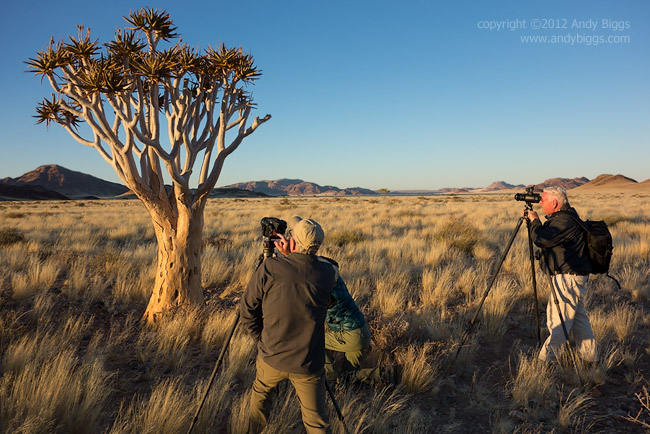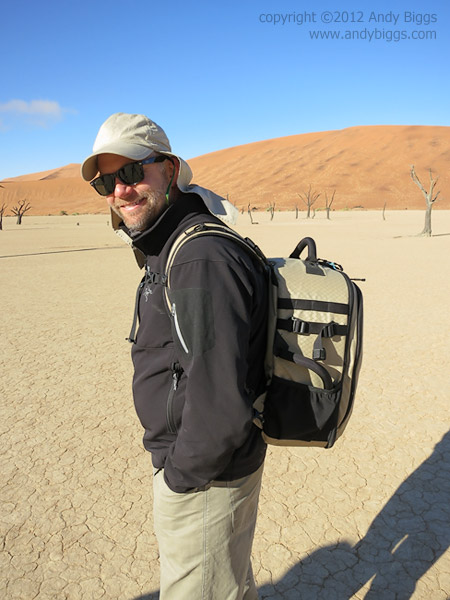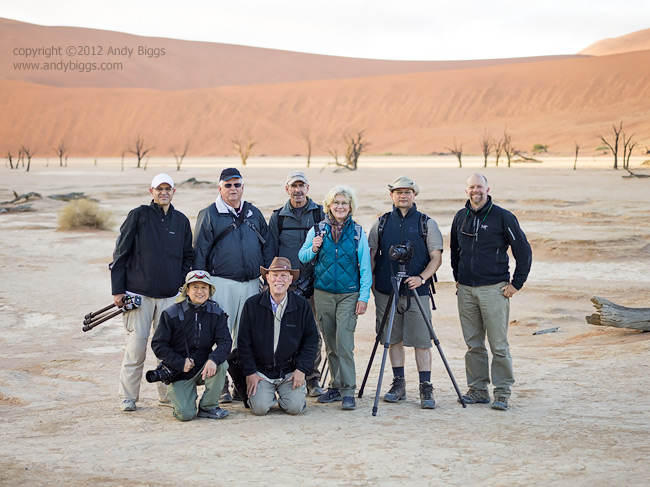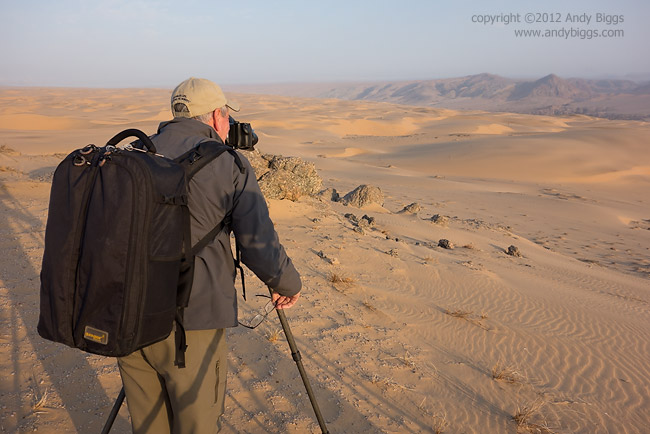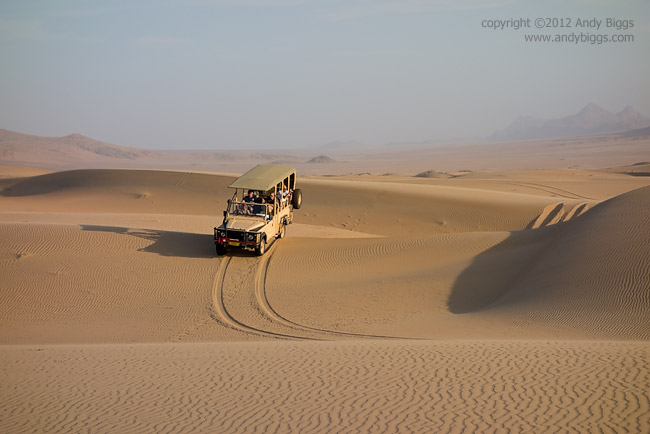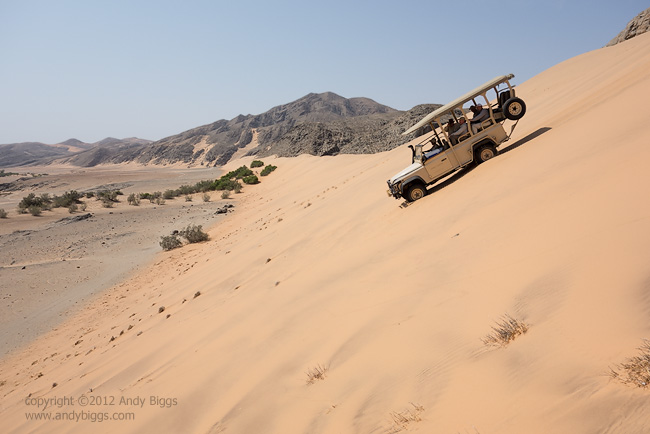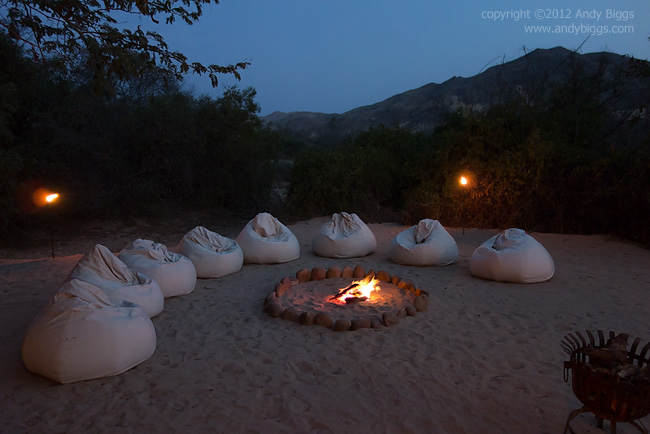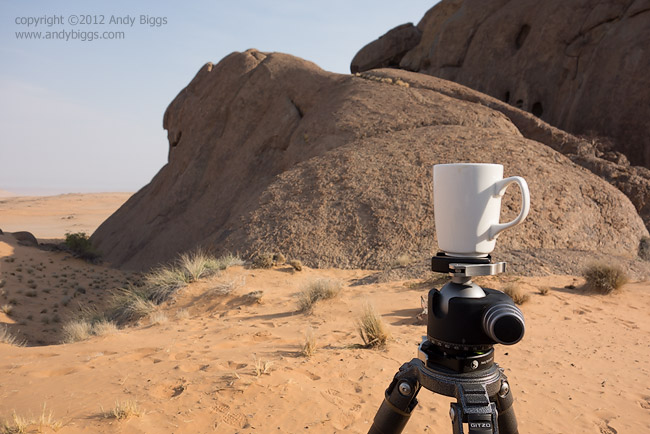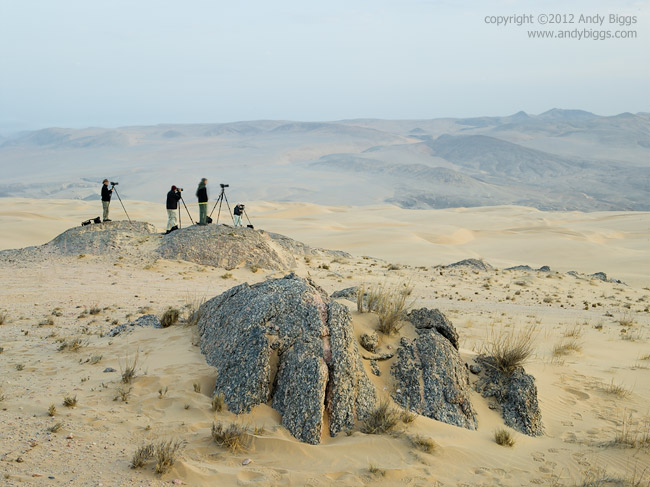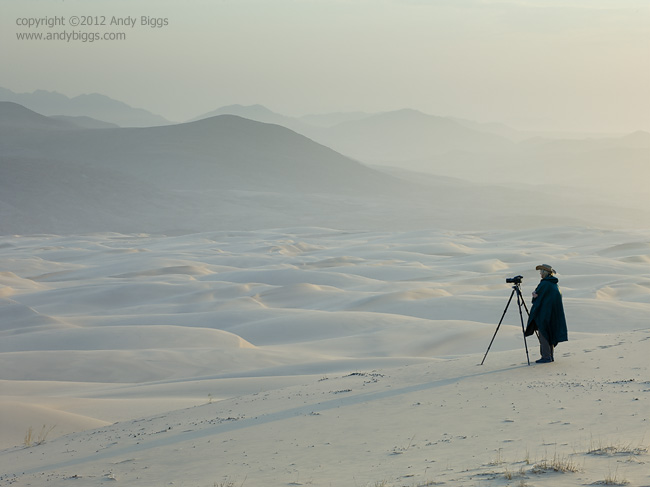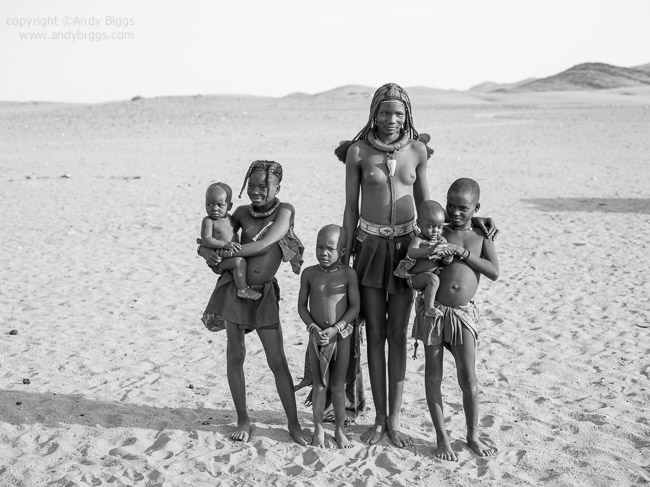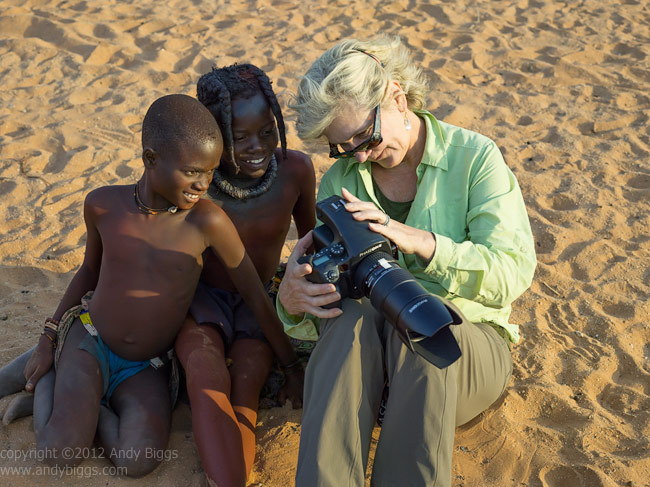2015 Year in Review
 Thursday, December 24, 2015 at 06:58AM
Thursday, December 24, 2015 at 06:58AM Wow. Another year has passed. Many things changed and many things stayed the same. What stayed the same you ask? Too much travel away from home. I say this every single year, but as a nature photographer and guide there isn’t an easy way to balance income requirements for my family and the travel that’s required to earn it. The only way to travel less is to likely leave the industry that I love so much, but I am not yet ready to make such a move.
Camera Equipment
Just like 2014, 2015 was a year of Phase One medium format equipment, augmented by 35mm camera gear when needed. For example, some trips like my Ultimate Primates safari (where we trek for wild chimpanzees and mountain gorillas) a full frame Canon or Nikon camera and a 70-200mm f/2.8 is all that you need. Nothing else. It’s not that my Phase One gear isn’t appropriate, but rather it isn’t the absolute best tool for the job. Late in 2015 I purchased some Canon 35mm gear from a friend who was selling off his entire system. I picked up a 5Ds camera, 24-70mm f/4, 24mm TSE, 50mm f/1.4, 85mm f/1.8, 70-200mm f/2.8 L IS II and a 200-400mm f/4. All I need is a second Canon camera body to round out the system. I did take the Canon to Botswana with me last month, and I compared the files to the Phase One IQ250 (with Sony’s 50mp sensor) and at lower ISO values the files look amazing. I think the Phase One 50mp files are better, like way better at ISO 1600, 3200 and 6400 (perhaps by 1.5 or 2 stops), but at ISO 800 and lower the 5Ds is a killer camera. I may purchase a second one, instead of going with something like a 1Dx or its forthcoming replacement.
Places I visited
I have to go off of memory here, and for a 46-year old man that starts to get challenging. ;-). Let’s see. I guided 5 African safaris (4 listed on my web site and 1 was private) to Tanzania, Botswana, Uganda and Rwanda, a landscape trip to Scotland in the late winter, Moab in Utah for the best 1-2 combination of national parks in the American West (Canyonlands National Park and Arches National Park), a wildlife and cultural trip to India and also a trip to the southern Oregon coast in the late summer for some relief from the Texas heat.
Of all of the trips the India trip stood out for me. It was my first trip to India, and we had some amazing wildlife sightings with tigers being at the top of the list. I have now added India to my yearly destination list, and my 2016 trip has already been sold out for a number of months. 2017 is already in the works.
My 2016 Schedule
I am busier than I appear, based on my own travel schedule. Why? I act as a safari consultant / agent for safaris and trips that I don’t personally guide. I get phone calls and emails all of the time, asking for assistance with setting up custom safaris for small groups of people who may not have the budget for one of my published trips or maybe my dates don’t work well for them. I also set up trips for other photographers to guide, and these trips have the Andy Biggs Photo Safaris quality stamp all over them. It is the only way for me to satisfy the demand, stay married and see my kids!
- January in Tanzania (private group safari for 13)
- February in Carmel / Big Sur, California (private workshop for 3)
- April in India for a tiger safari (sold out)
- May in the Galápagos Islands on a private motor yacht (sold out)
- June in Africa for my Ultimate Great Apes safari (1 spot available)
- July in Oregon for my Oregon Coast and Redwoods worskhop (nearly sold out)
- August in Kenya for my Great Migration with the Dream Team safari (some spots available)
- October in Scotland for my Scotland Isles Trilogy (some spots available)
- November in Botswana for my annual Premier Botswana Photo Safari
If you are considering going to to any of these places or are thinking of joining me in 2016 or beyond, please contact me and let’s have a dialogue about your needs, wants and desires. I have a tendency to set up trips and tell people about them before they end up on my web site, so often many of my trips are a result of my listening to my customers’ wants and then I set something up and tell them about it. The next thing I know I have a trip that’s mostly filled up before I even get a chance to write anything up for this blog or my main web site.
My Favorite Photos and Memories from 2015 (In Captured Order)
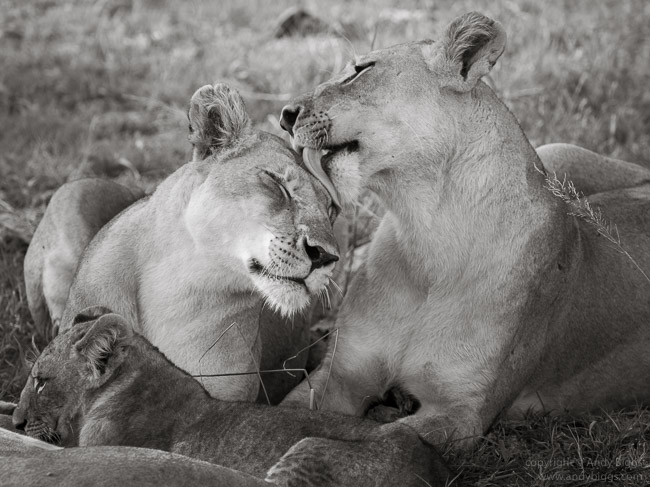
Sisters
Okavango Delta, Botswana
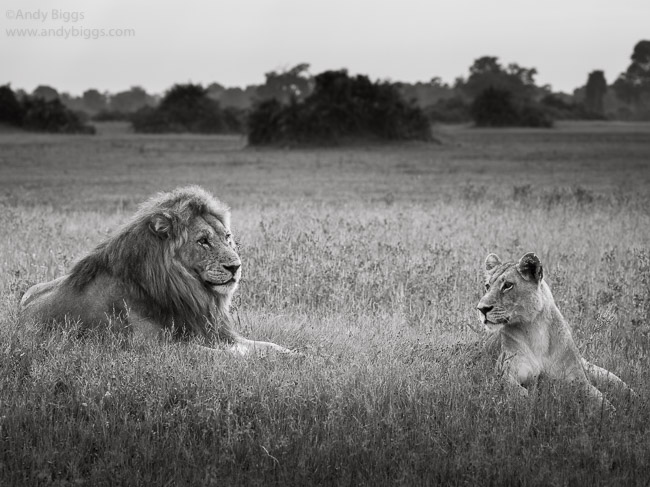
Lion Pair
Okavango Delta, Botswana
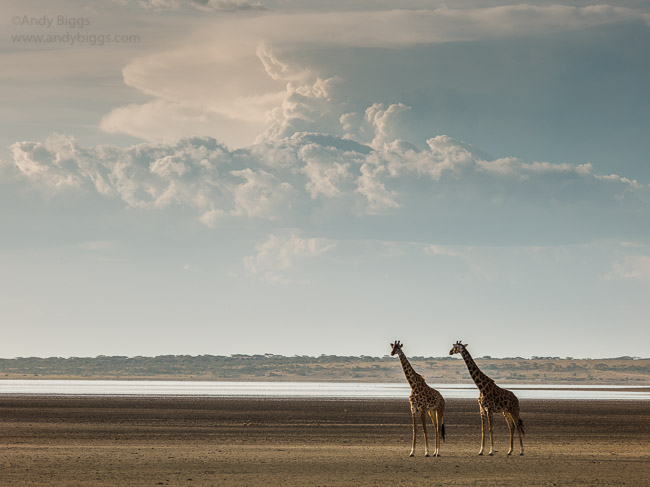
Giraffes and Clouds
Lake Ndutu, Tanzania
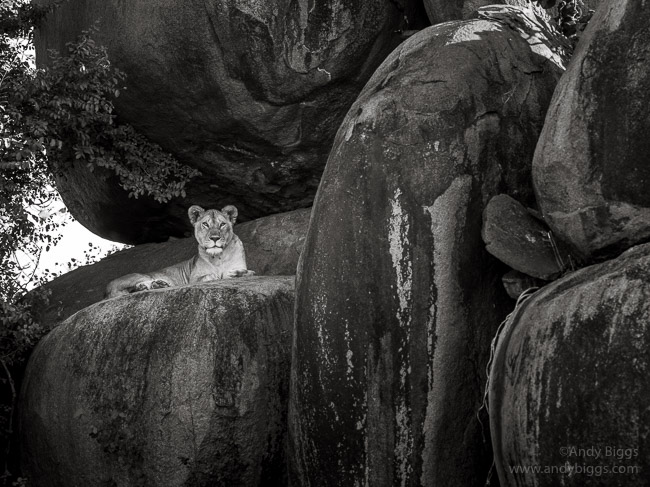
Lioness On A Kopje
Serengeti National Park, Tanzania
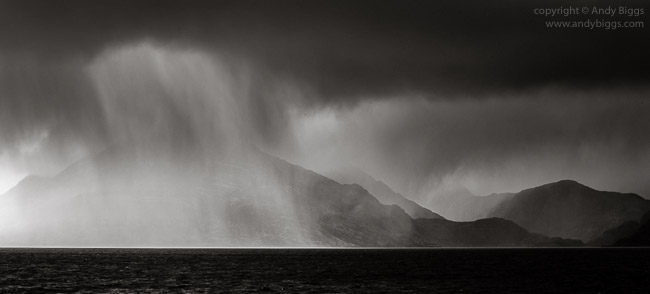
Incoming Storm
Isle of Skye, Scotland
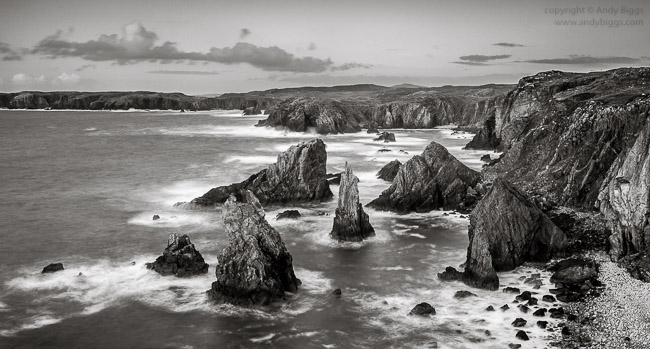
Water’s Edge
Isle of Lewis, Outer Hebredes, Scotland
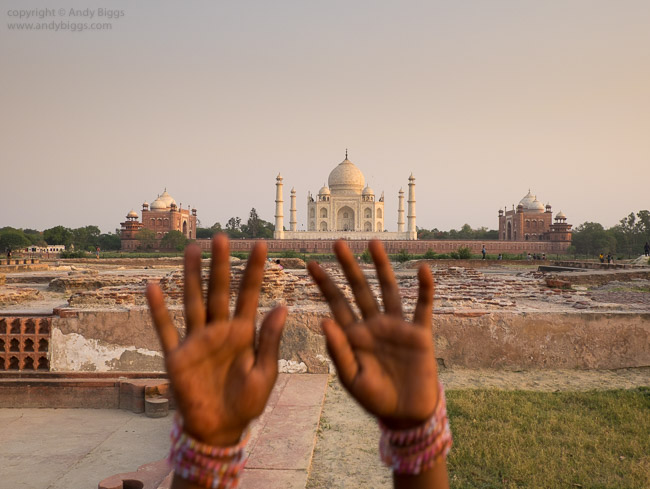
Beggar Girl and the Taj Mahal
Agra, India
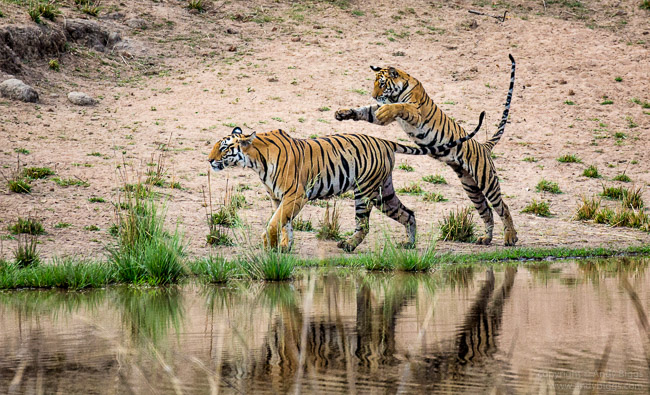
Jumping Tiger
Bandhavgarh, India
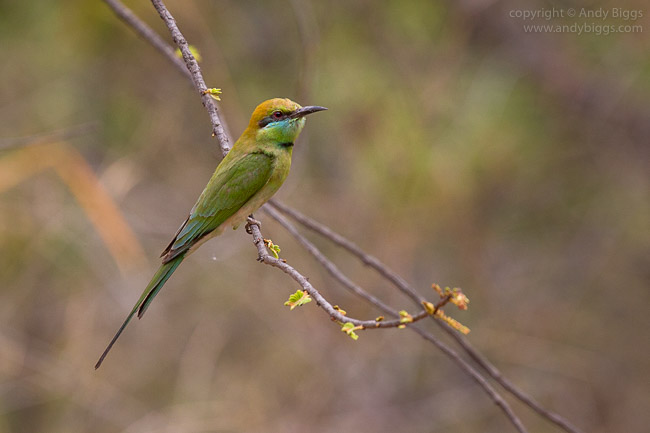
Green Bee-Eater
Bandavgarh, India
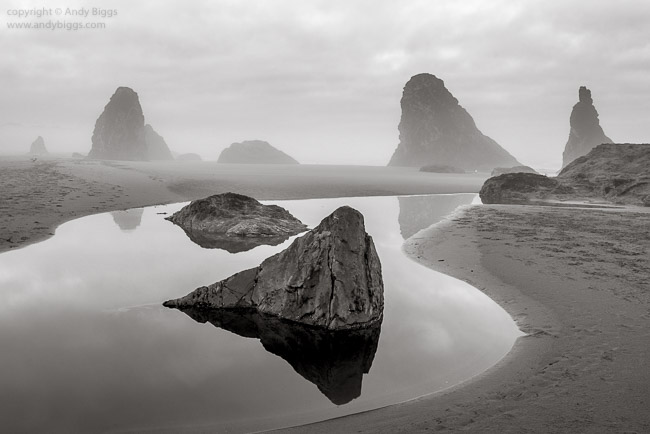
Coastal Fog and Sea Stacks
Bandon, Oregon
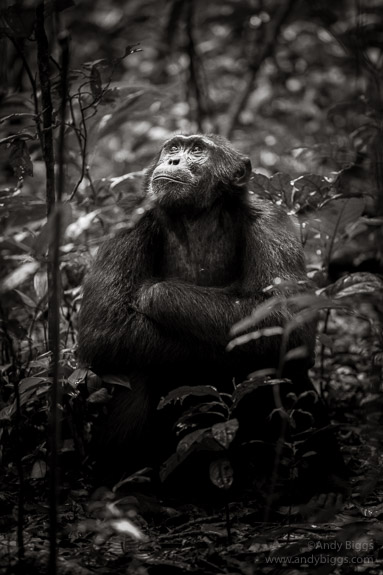
Contemplating Chimpanzee
Kibale Forest, Uganda
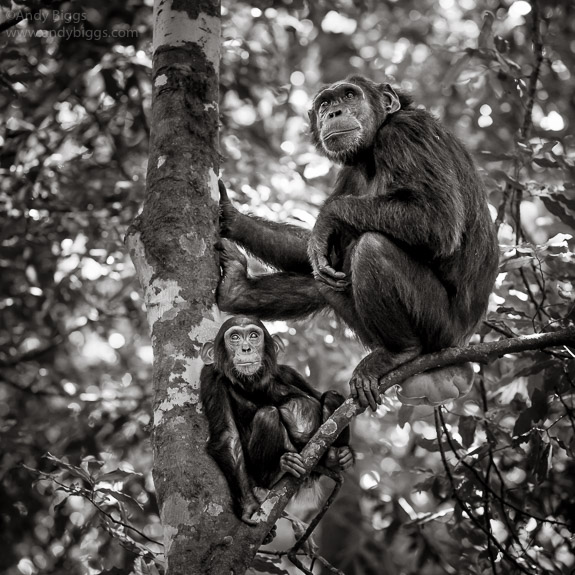
Mother and Child Chimpanzees
Kibale Forest, Uganda
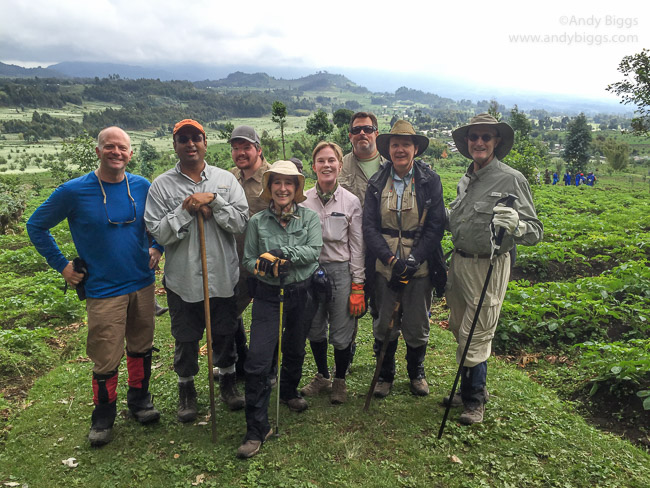
Pre-Trek Dryness and Smiles
Volcanoes National Park, Rwanda
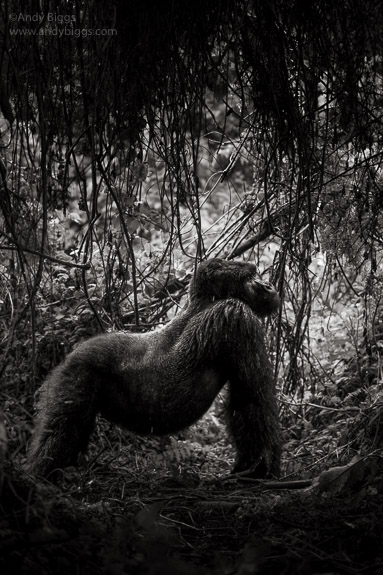
Silverback Mountain Gorilla
Volcanoes National Park, Rwanda
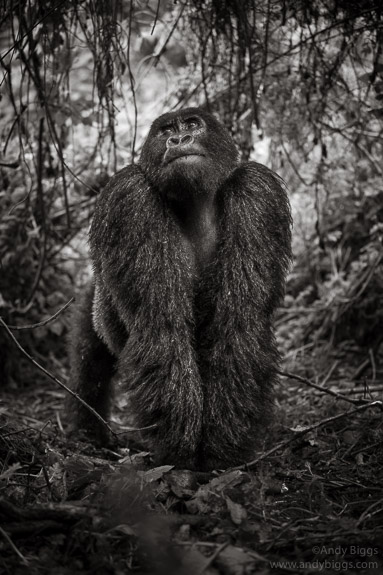
Silverback Mountain Gorilla
Volcanoes National Park, Rwanda
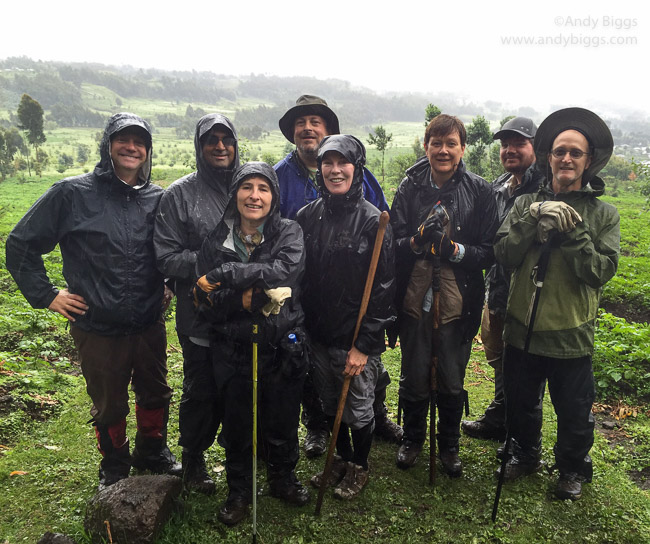
Post-Trek Wetness and Smiles
Volcanoes National Park, Rwanda
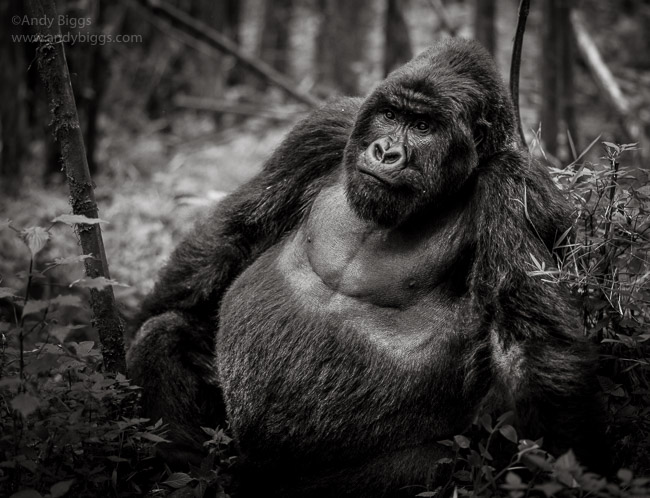
Silverback Mountain Gorilla
Volcanoes National Park, Rwanda
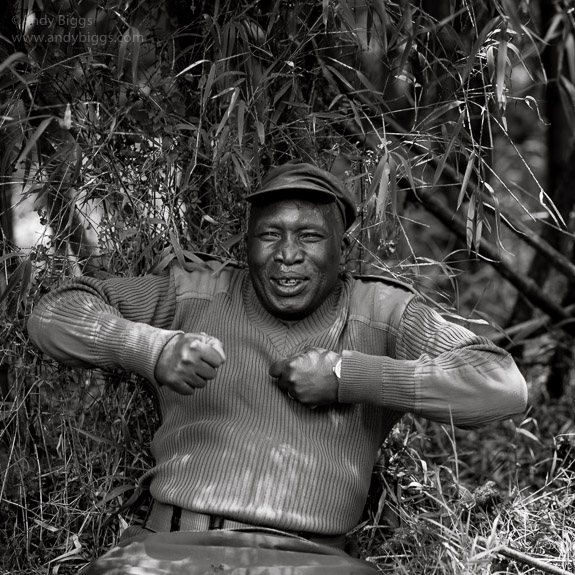
Imitation Silverback Mountain Gorilla, AKA Francois
Volcanoes National Park, Rwanda
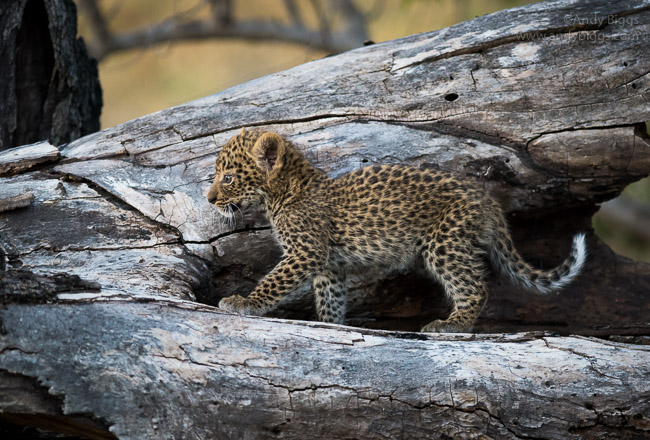
Leopard Cub
Okavango Delta, Botswana
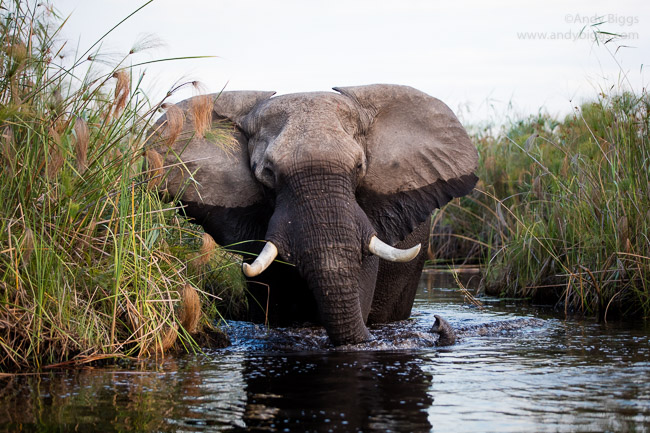
Bull Elephant
Okavango Delta, Botswana
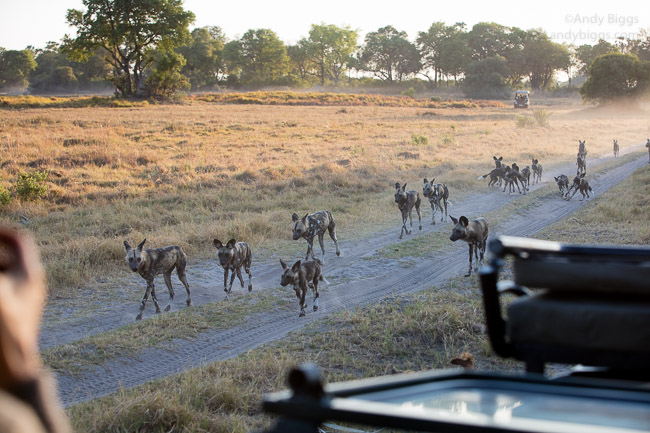
A Hunting Pack of Painted Wolves, AKA Wild Dogs
Okavango Delta, Botswana
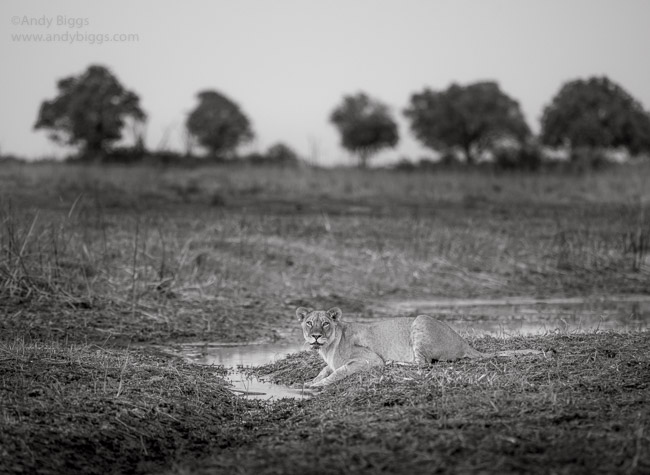
Drinking Lioness
Okavango Delta, Botswana
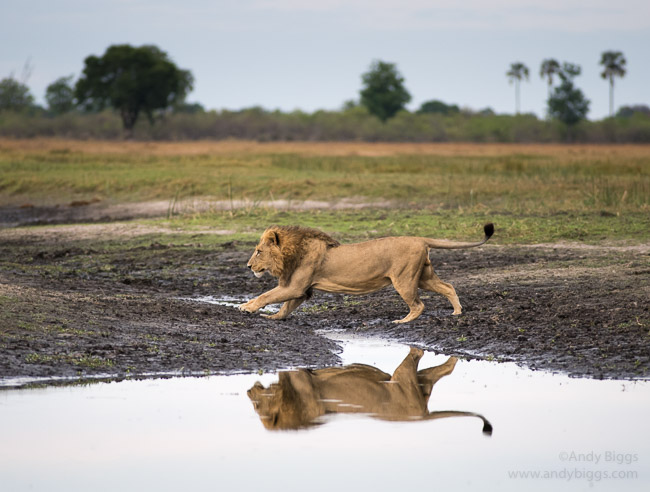
Jumping Lion
Okavango Delta, Botswana
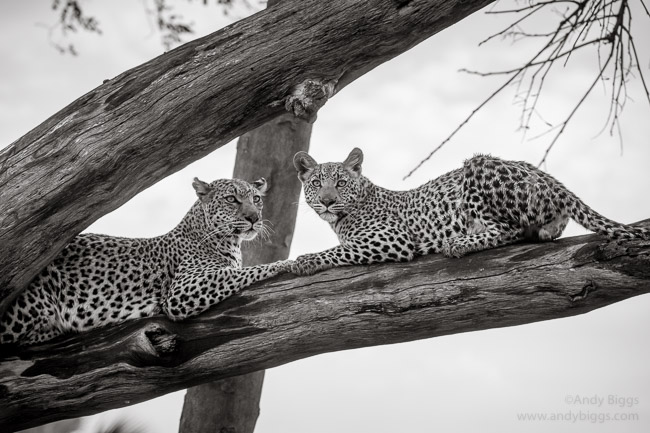
Leopard and Cub
Okavango Delta, Botswana
